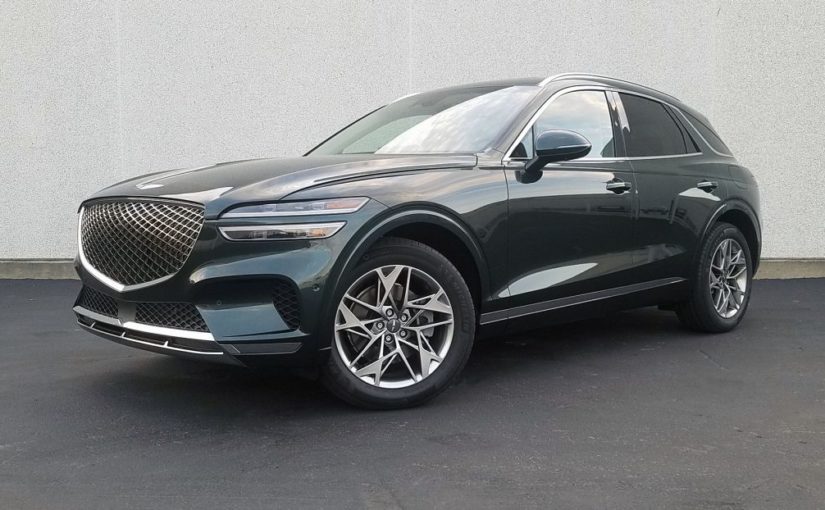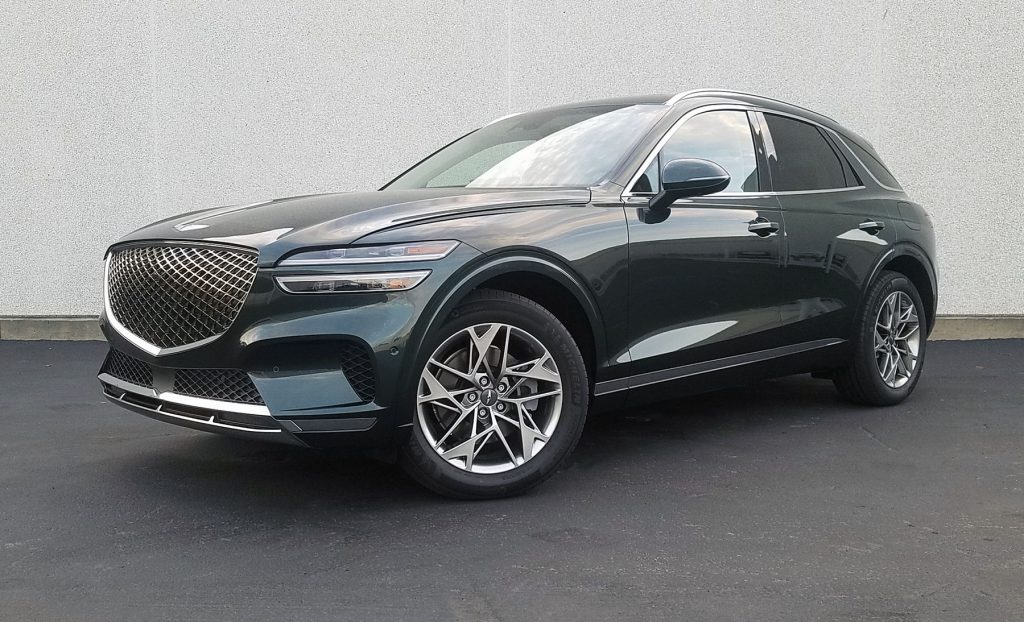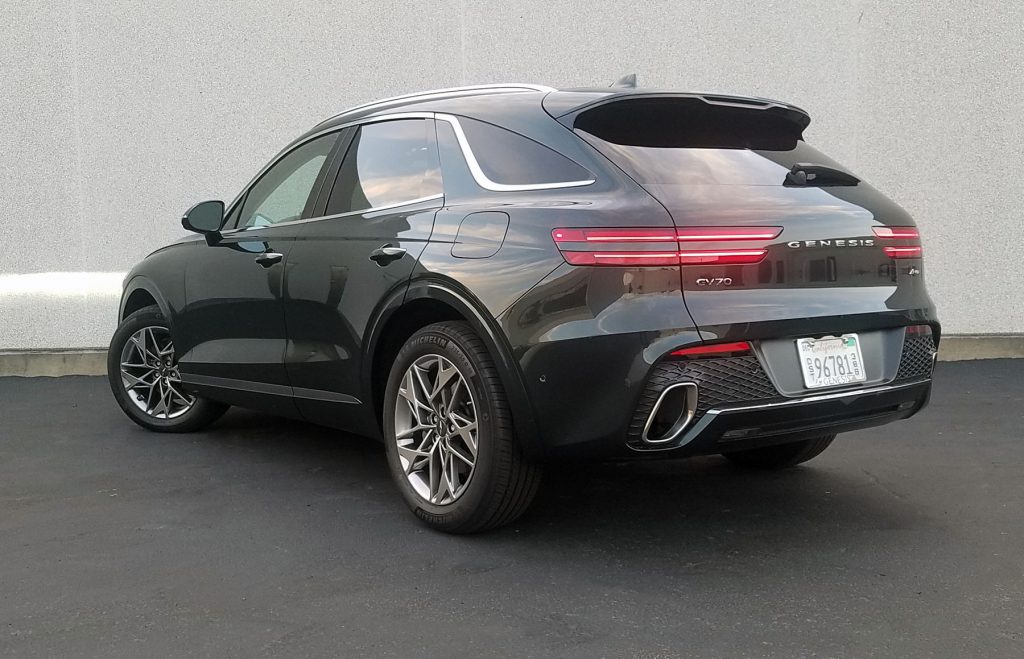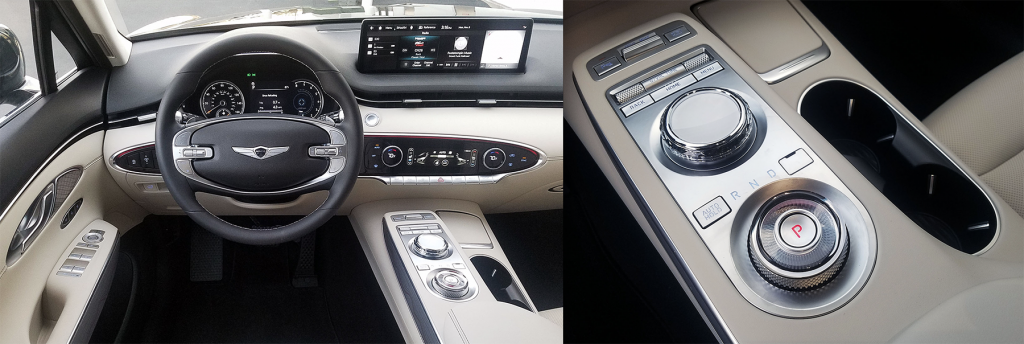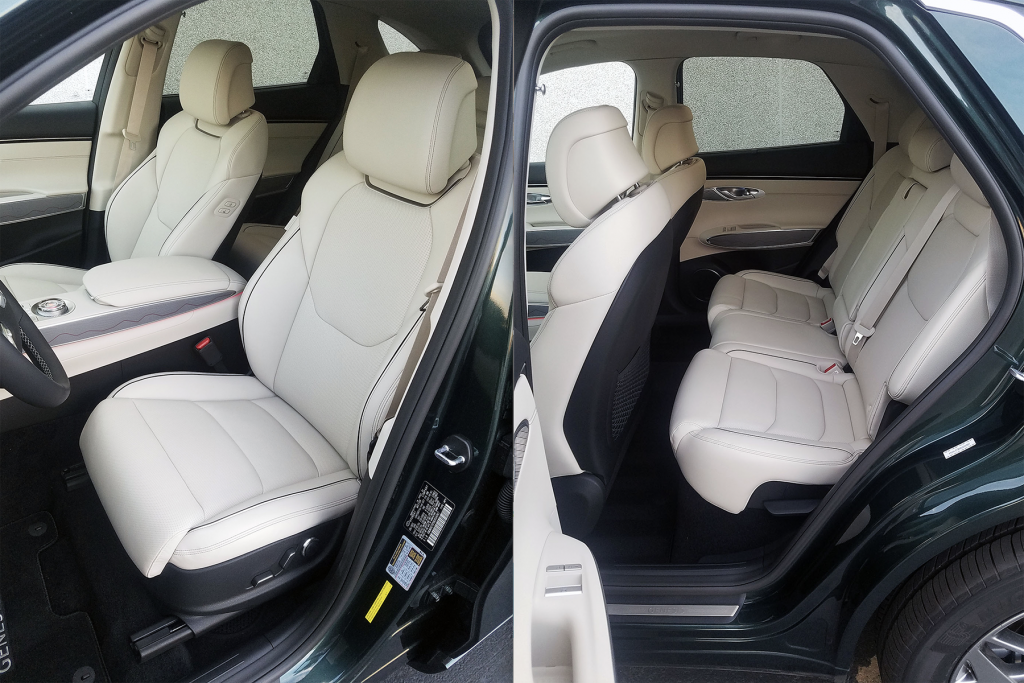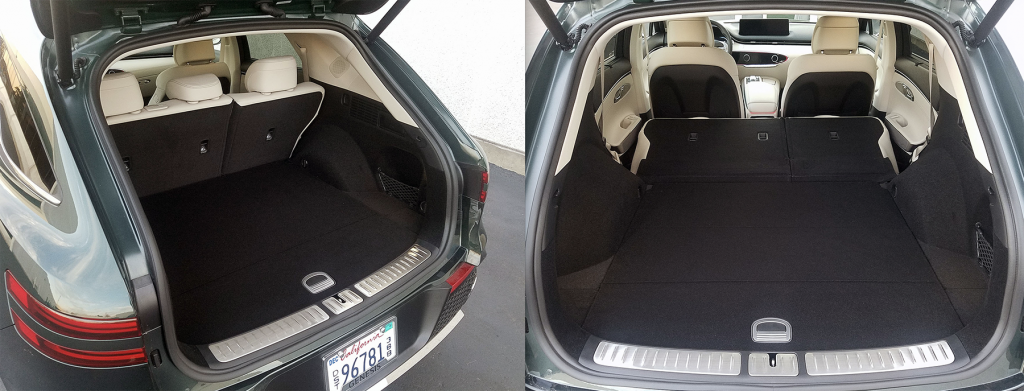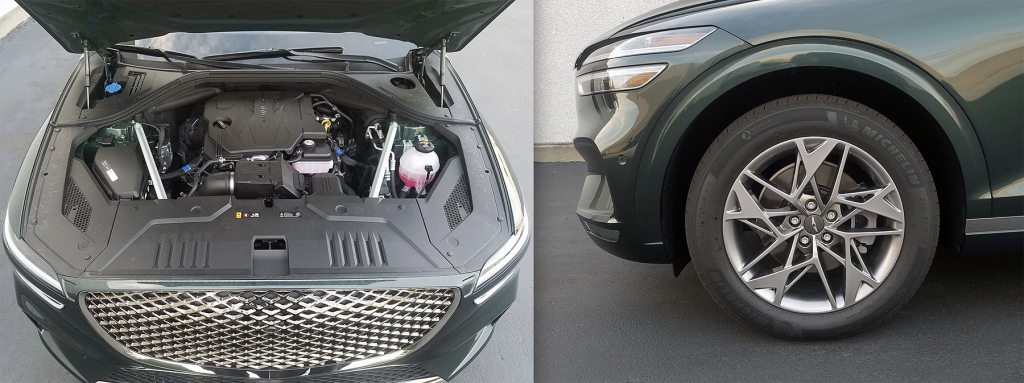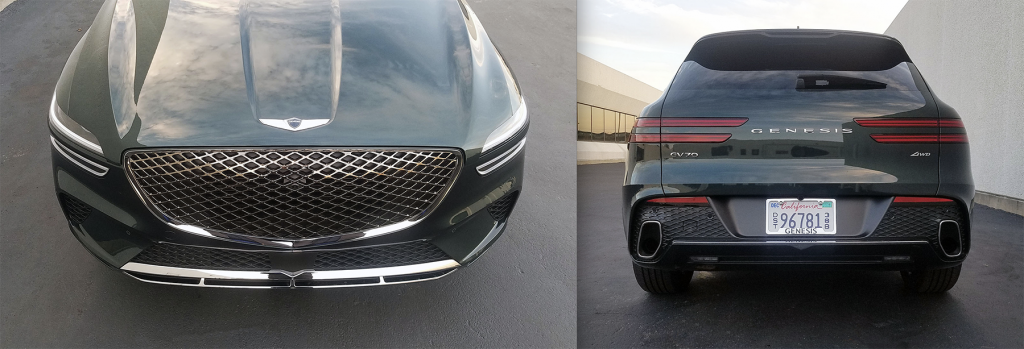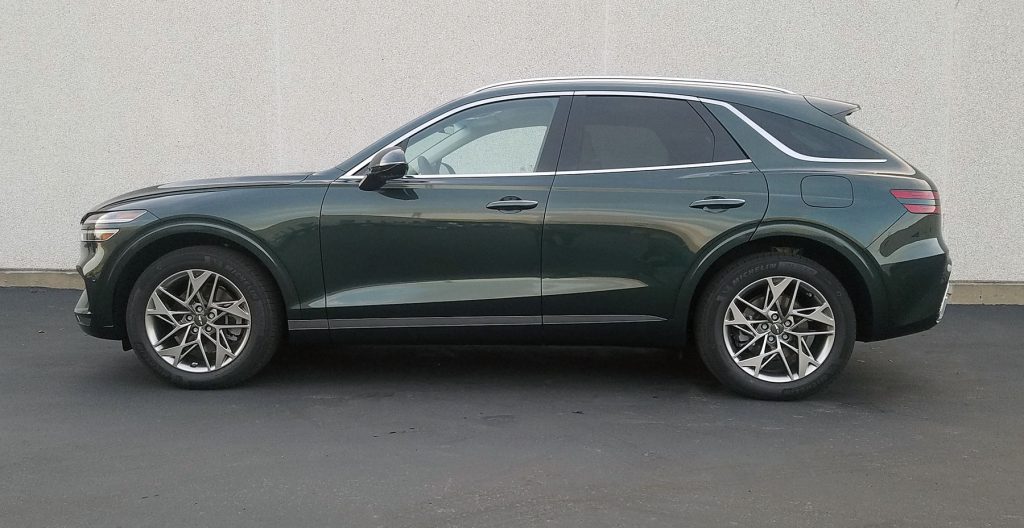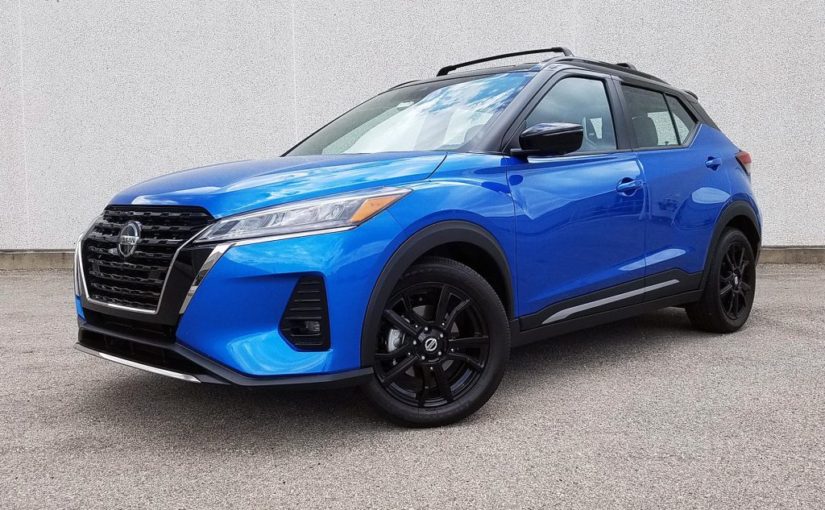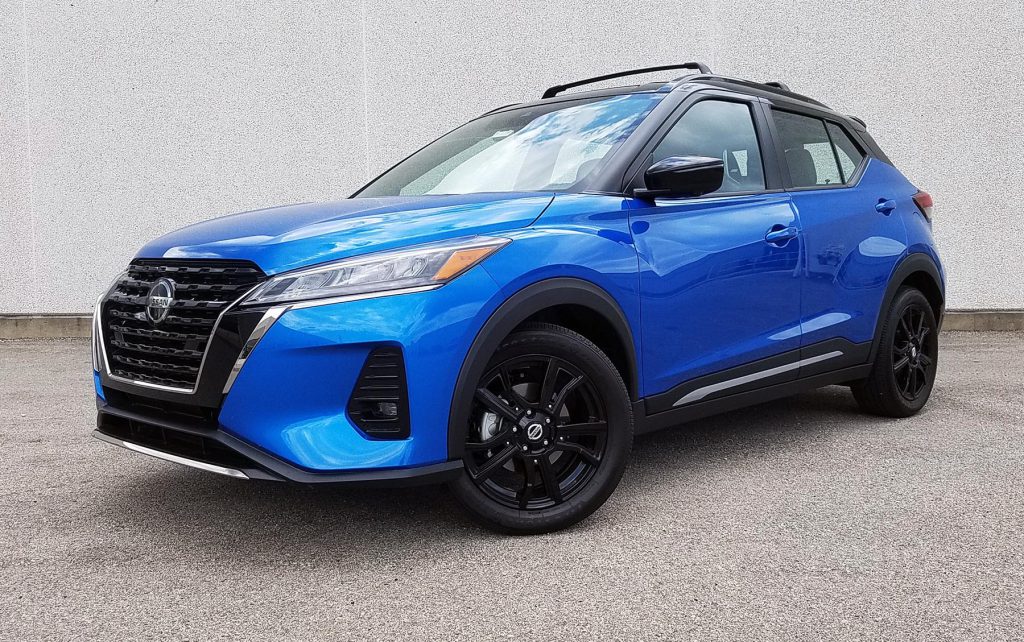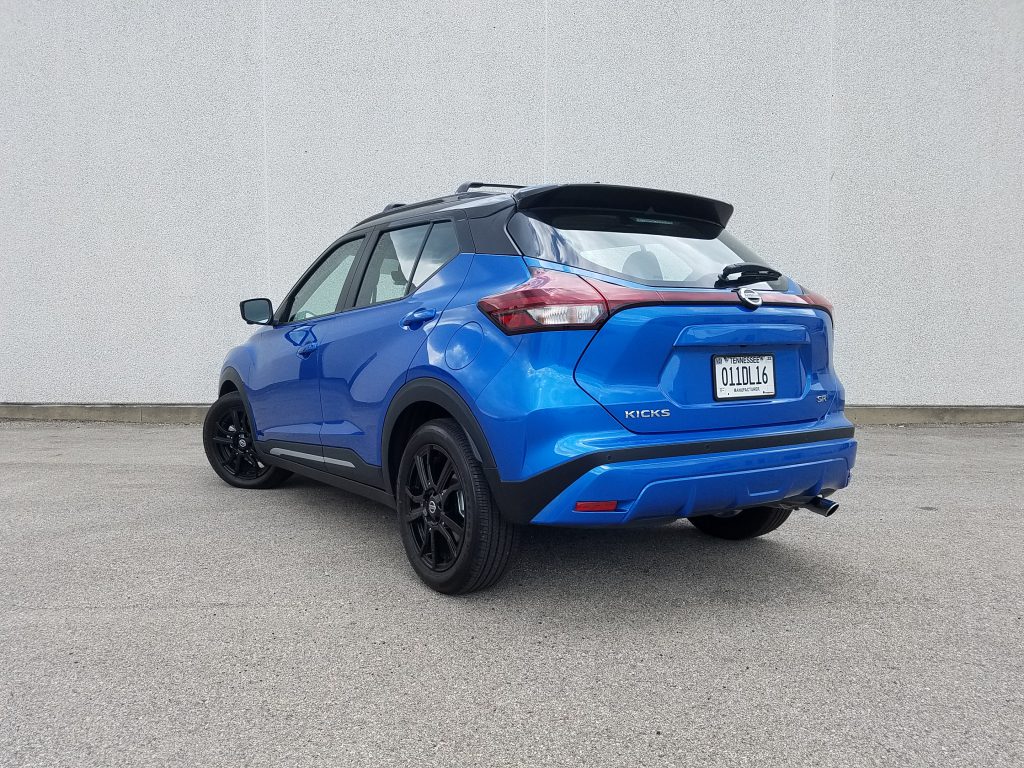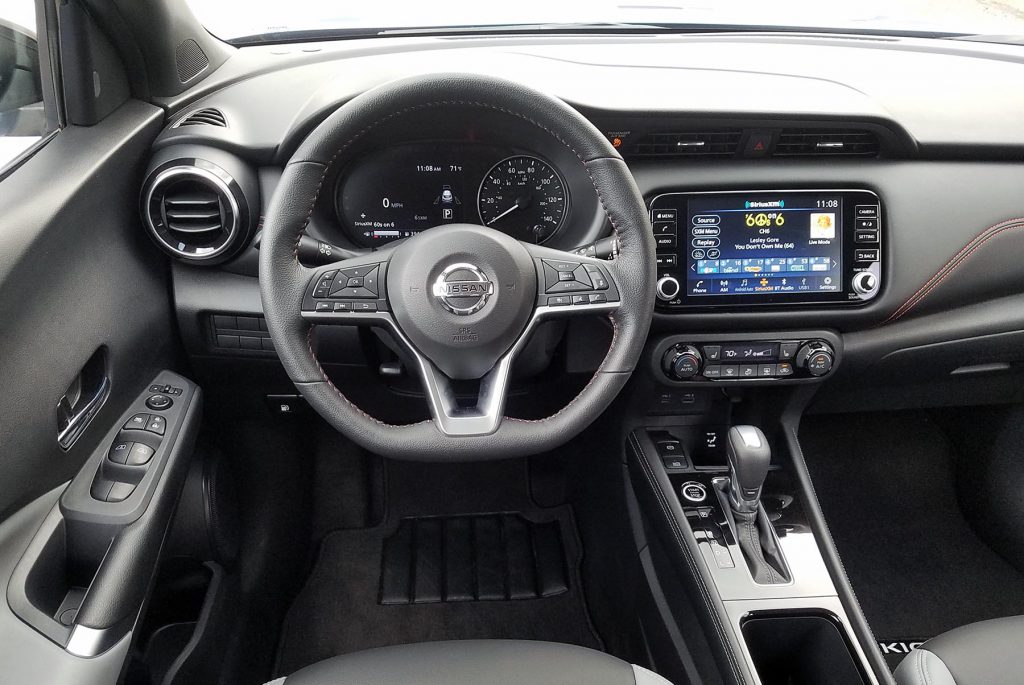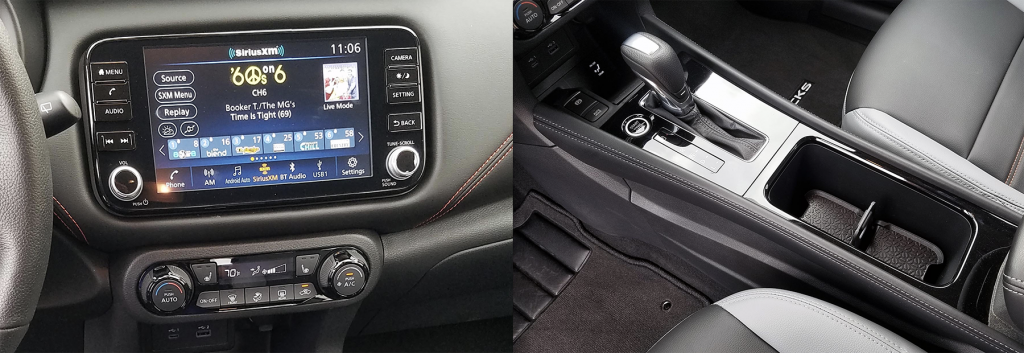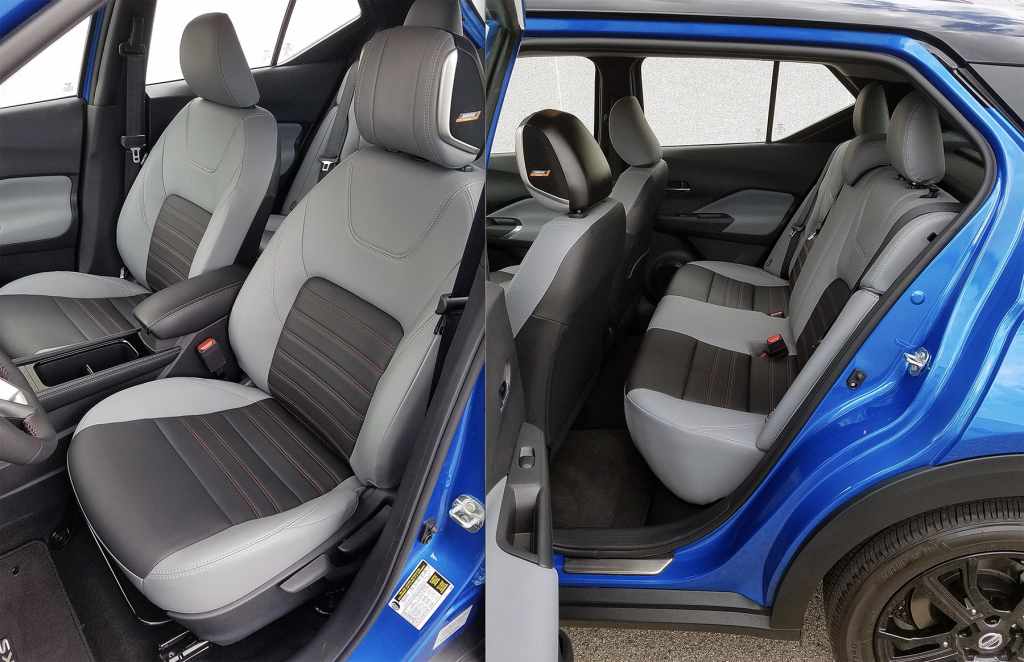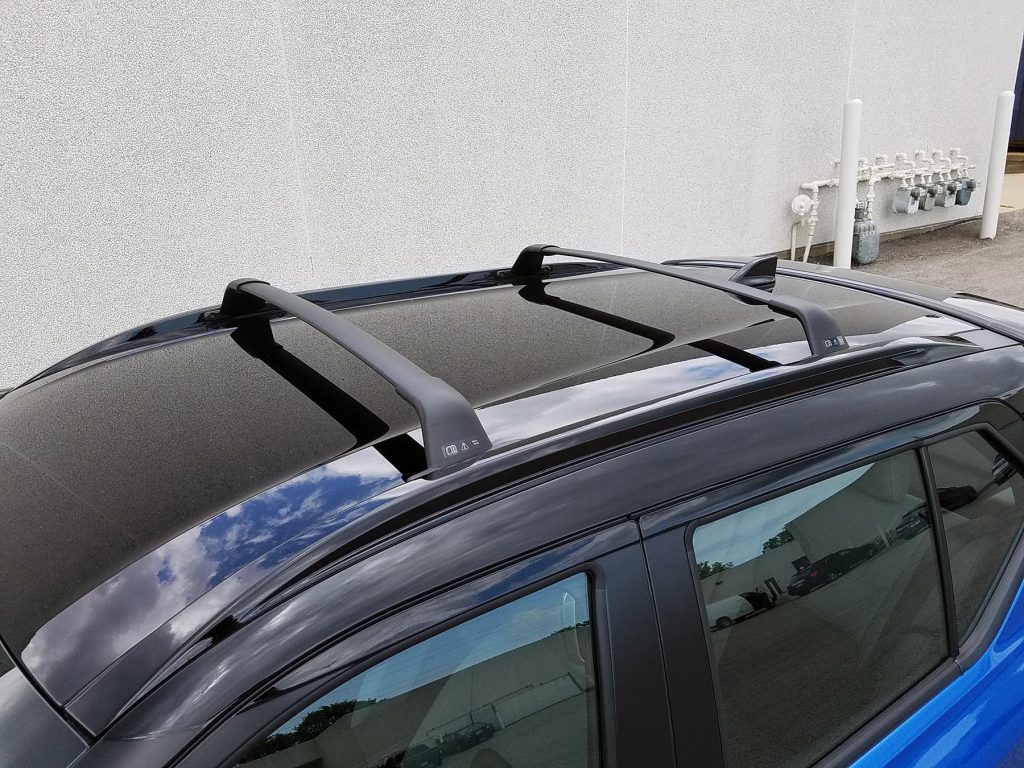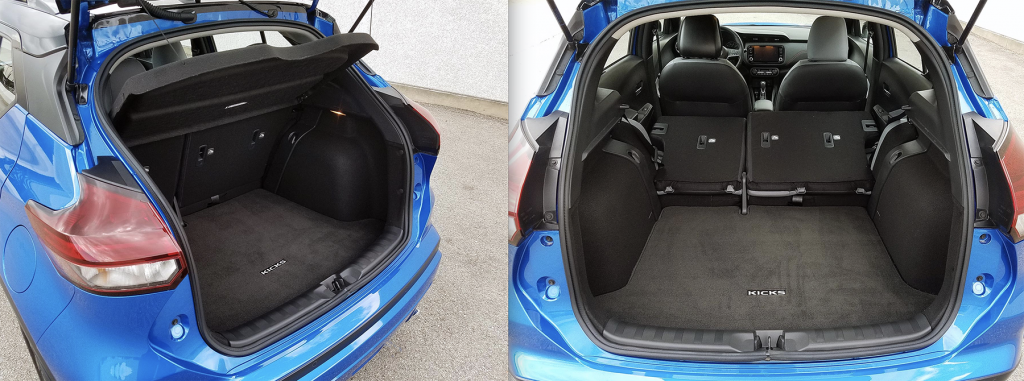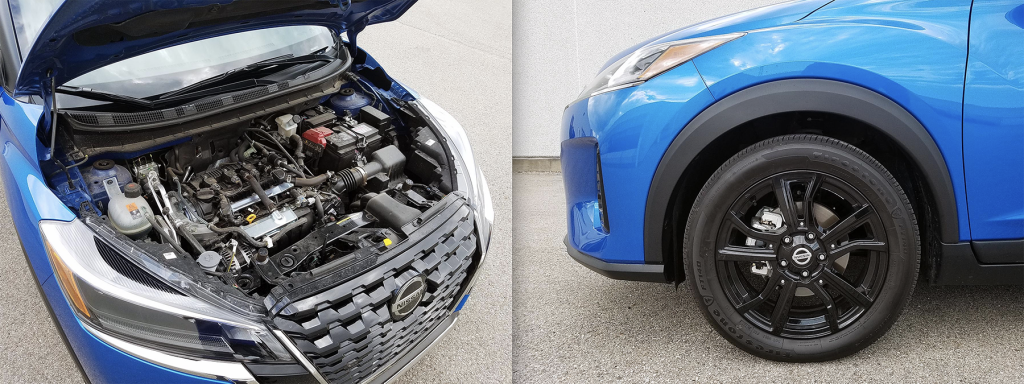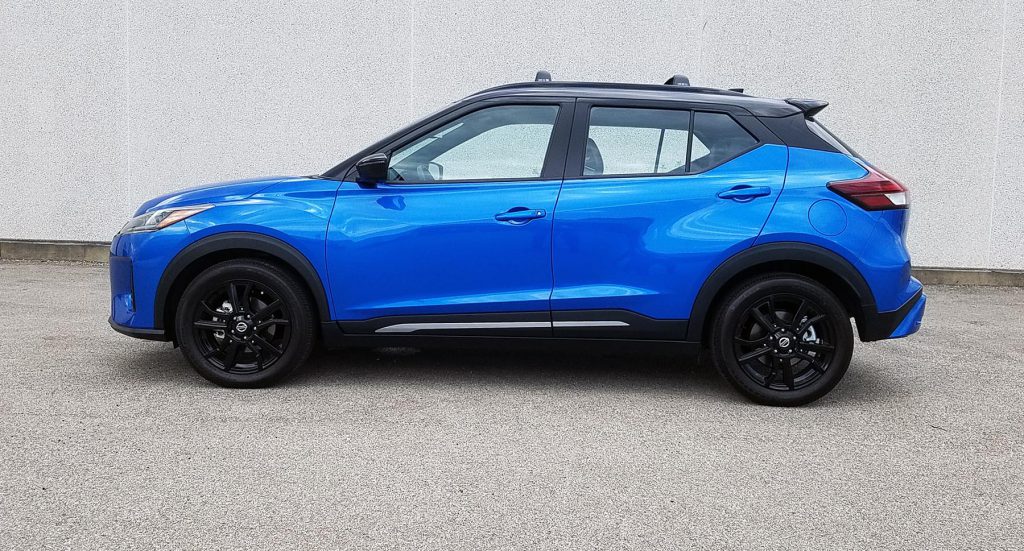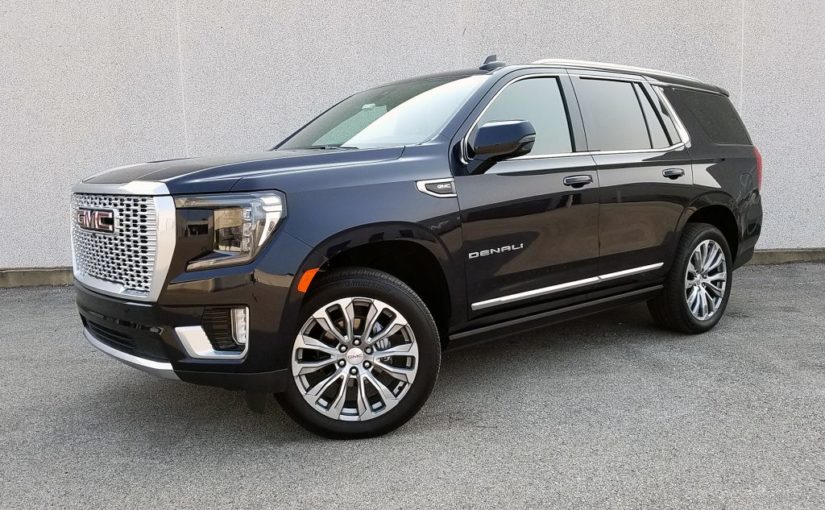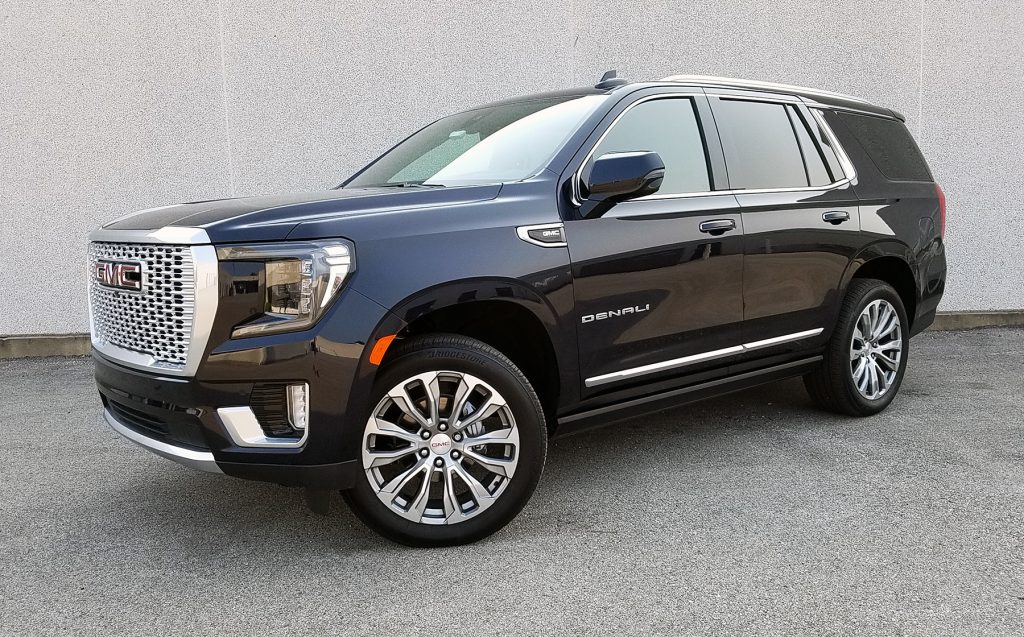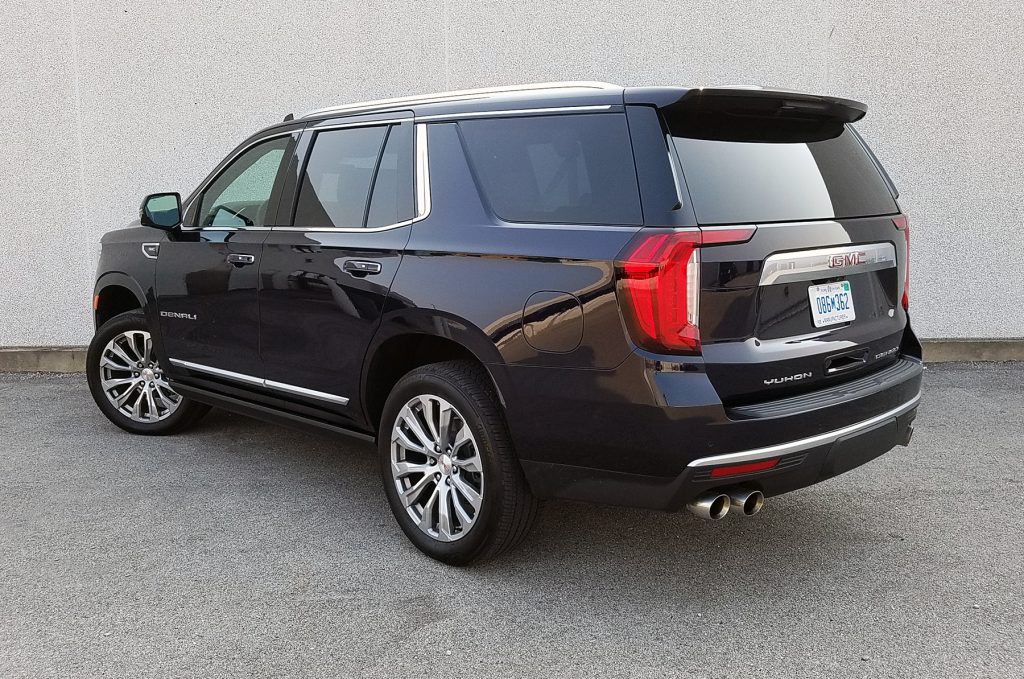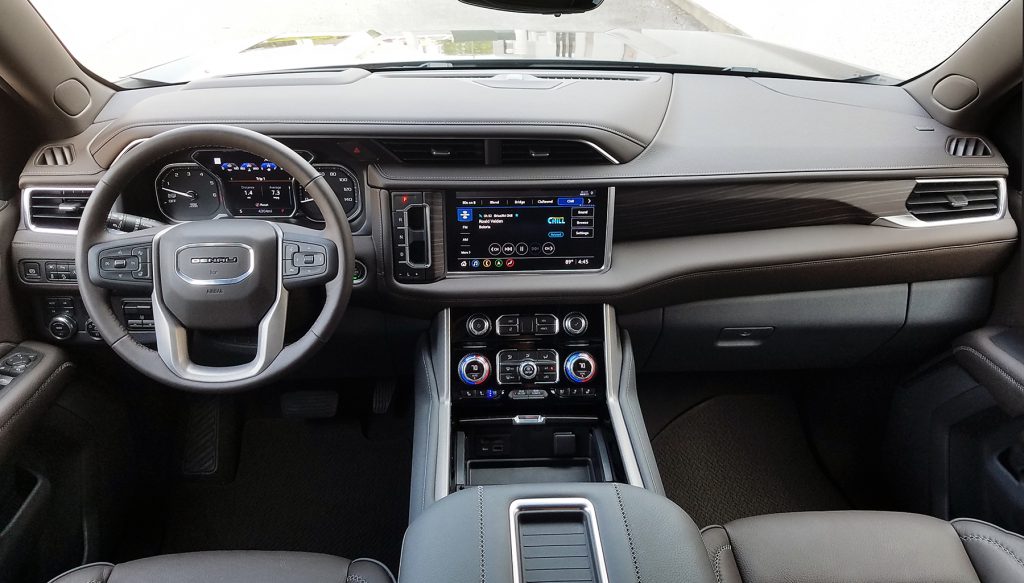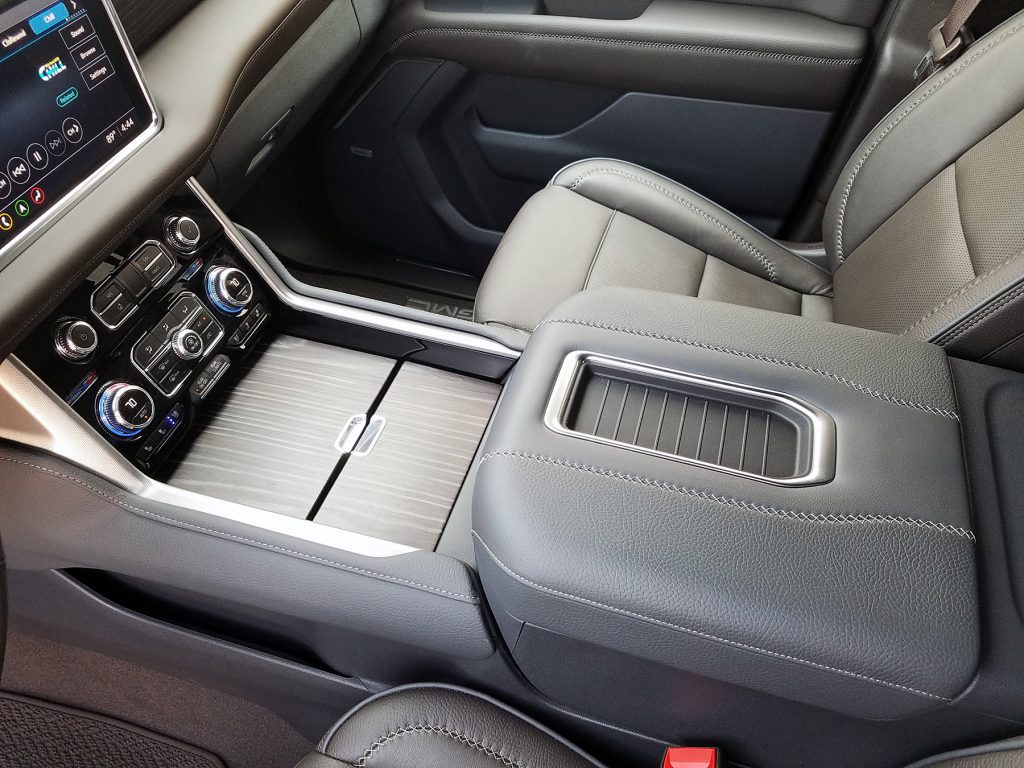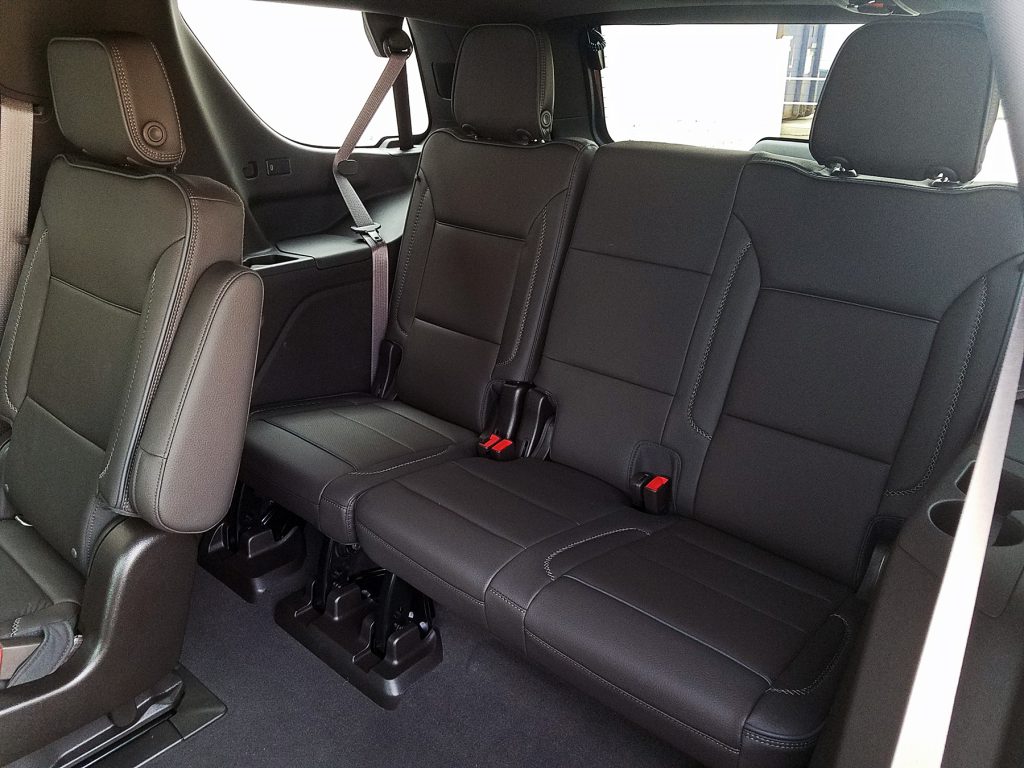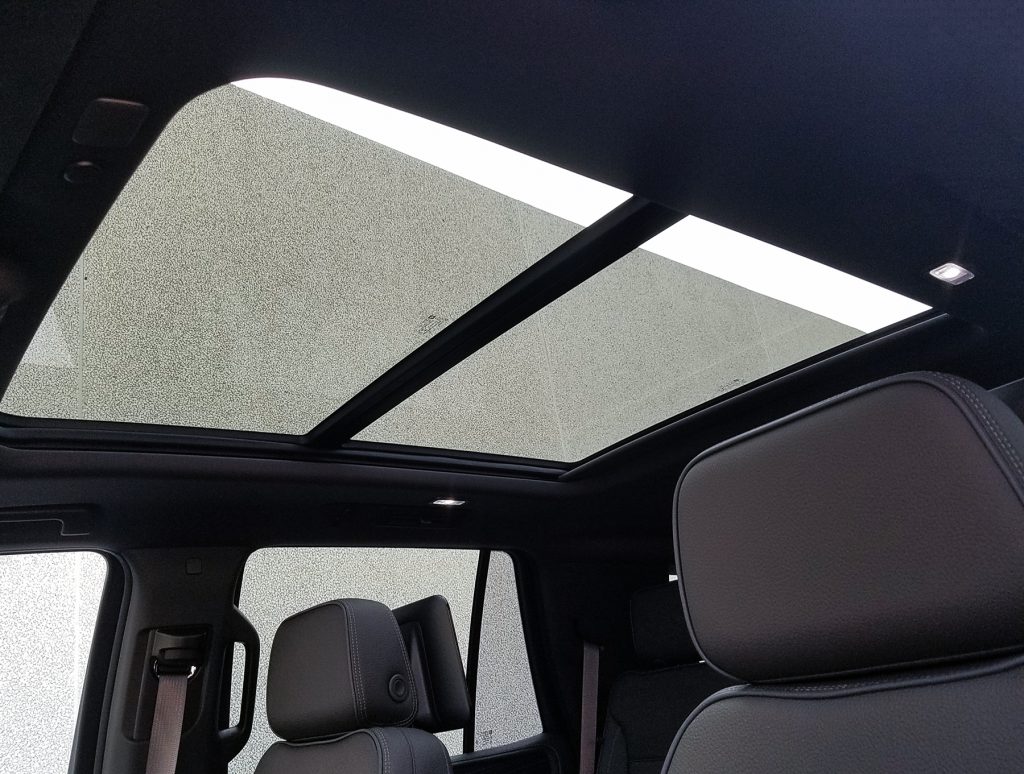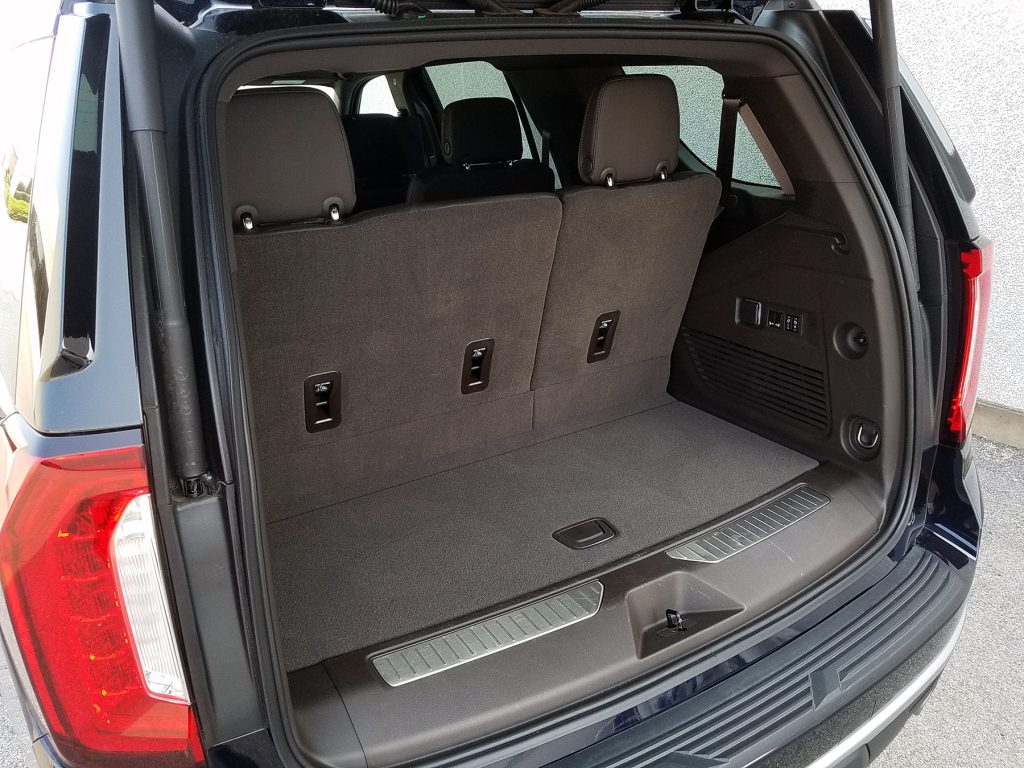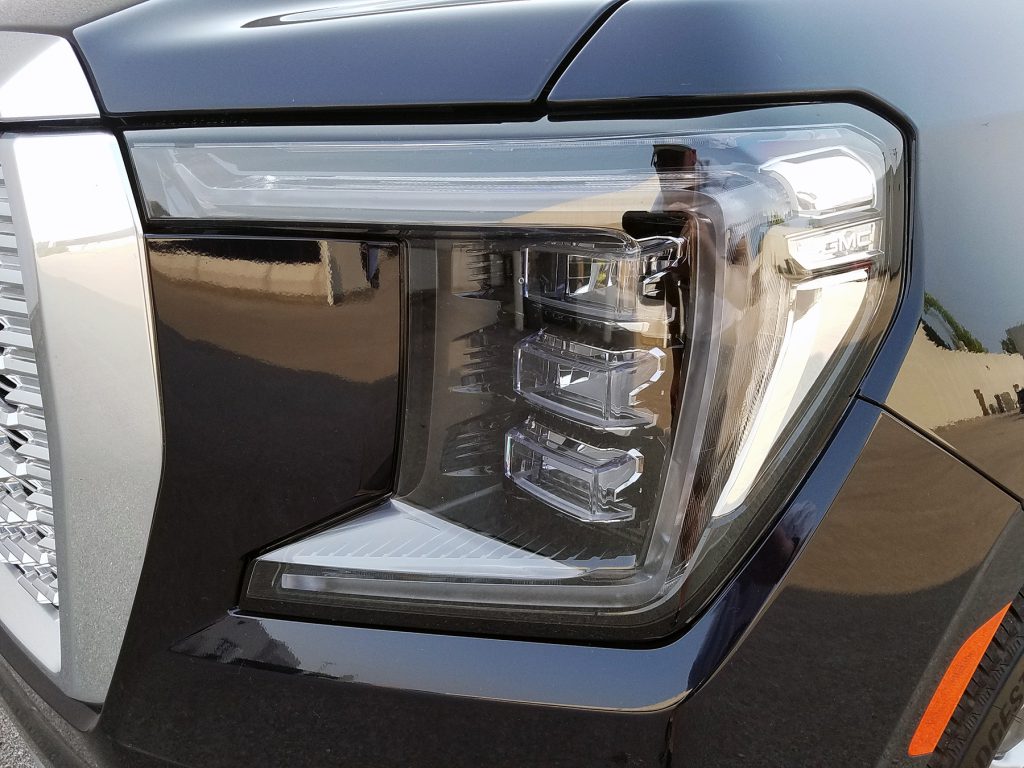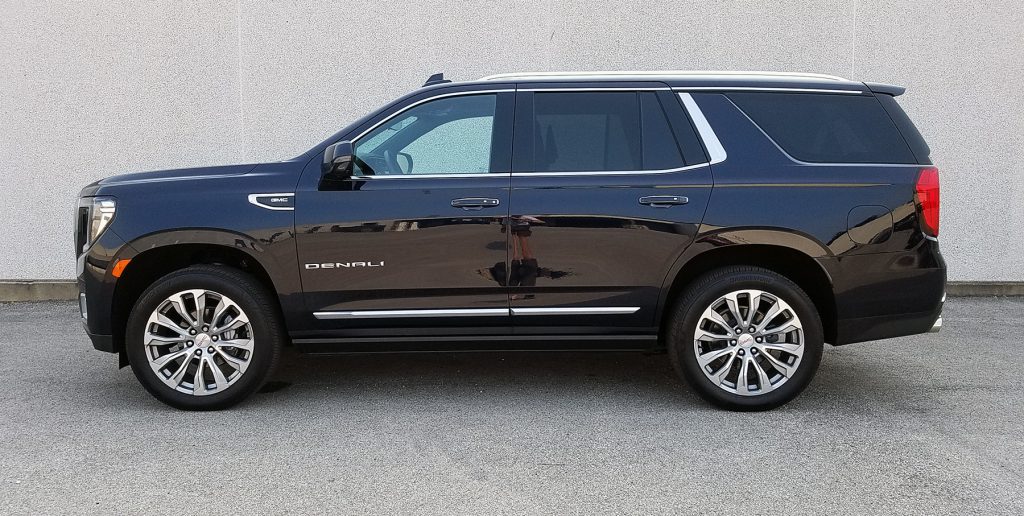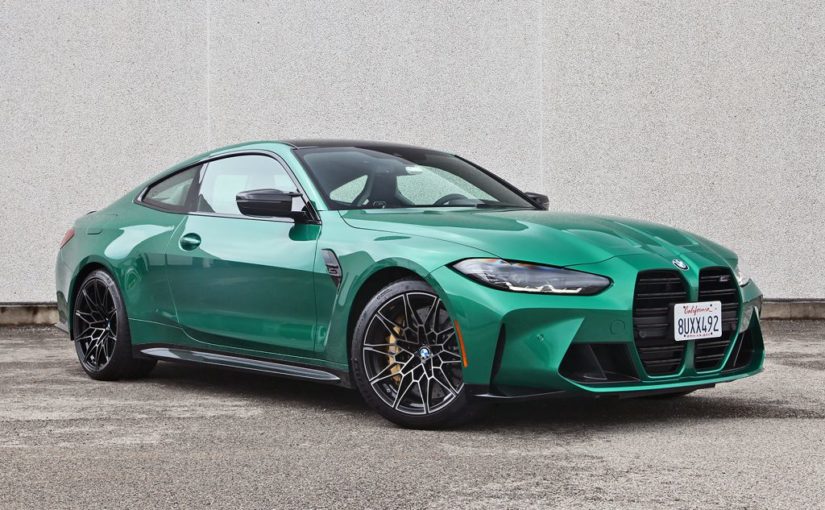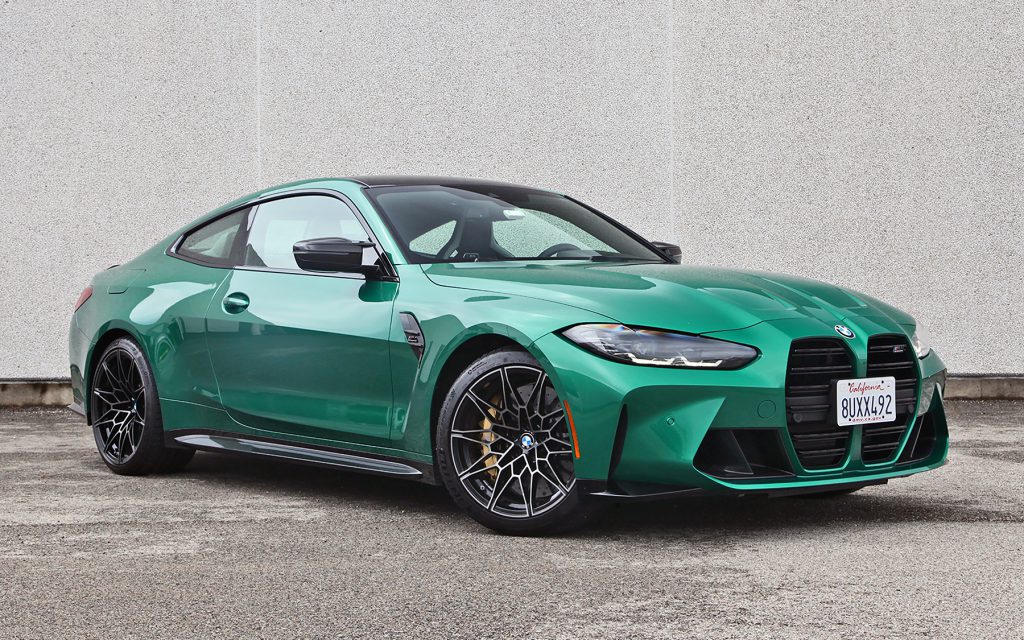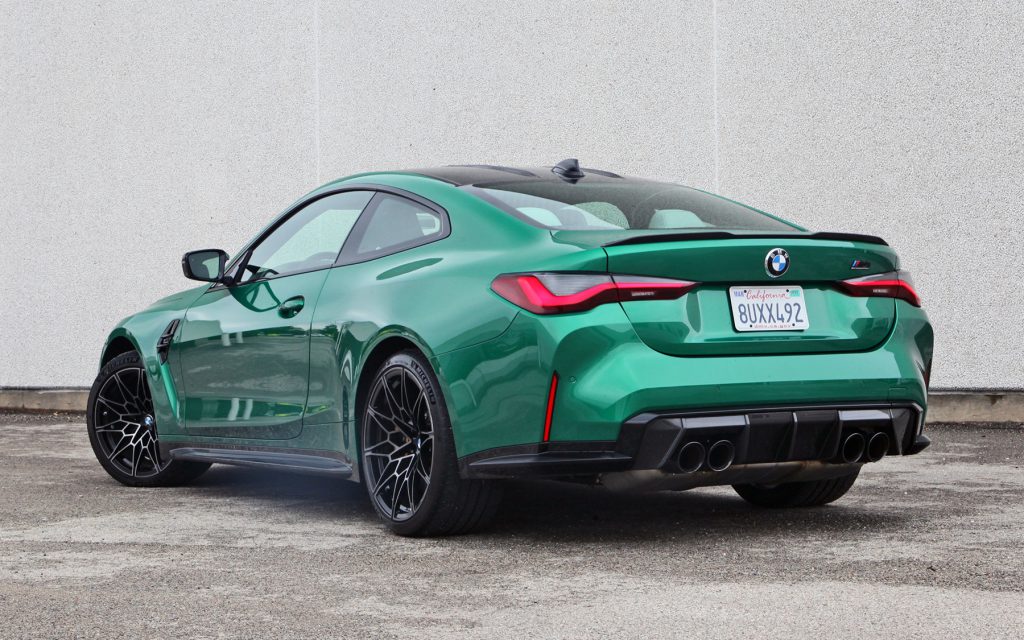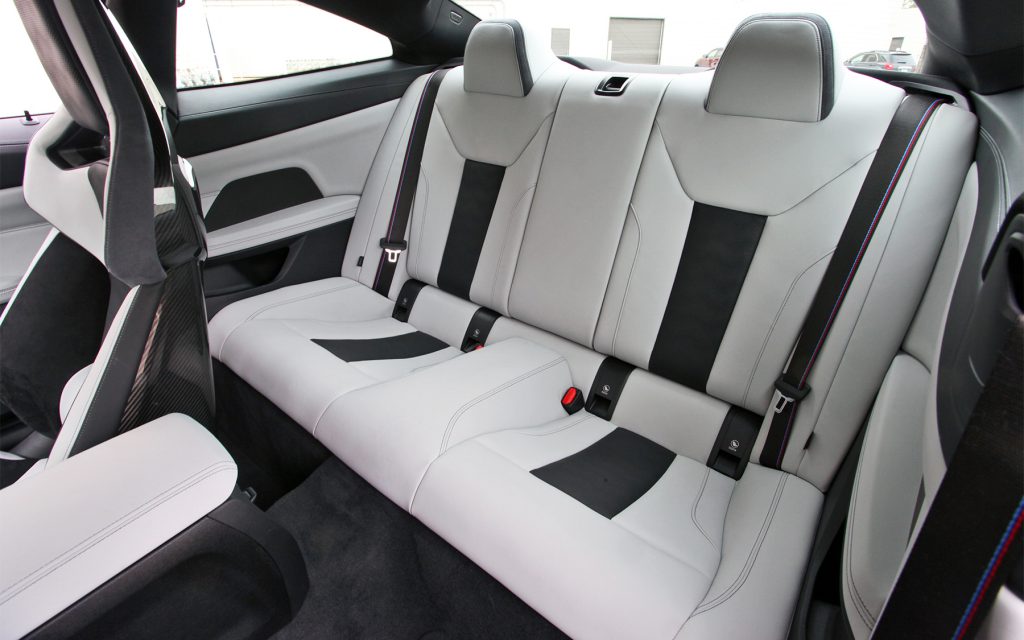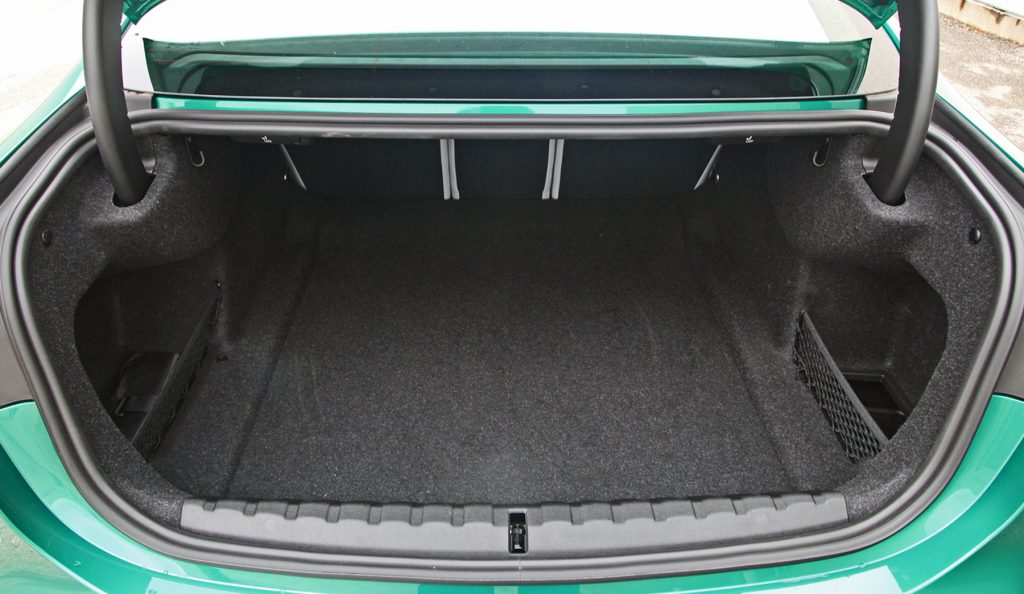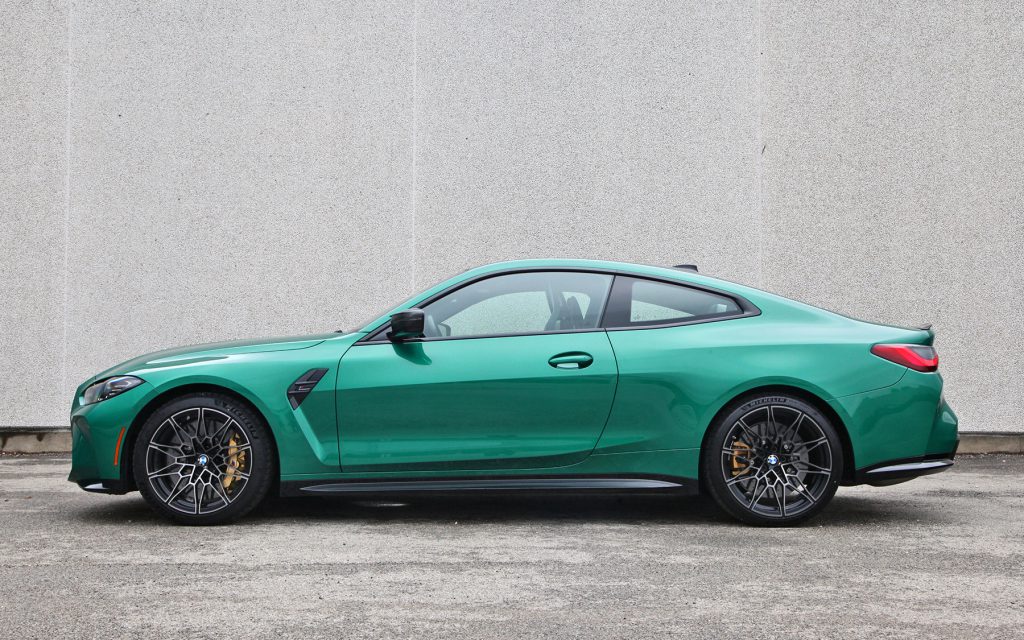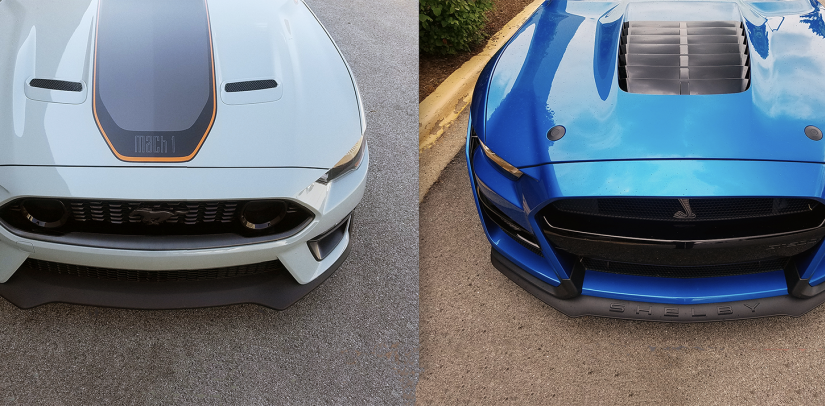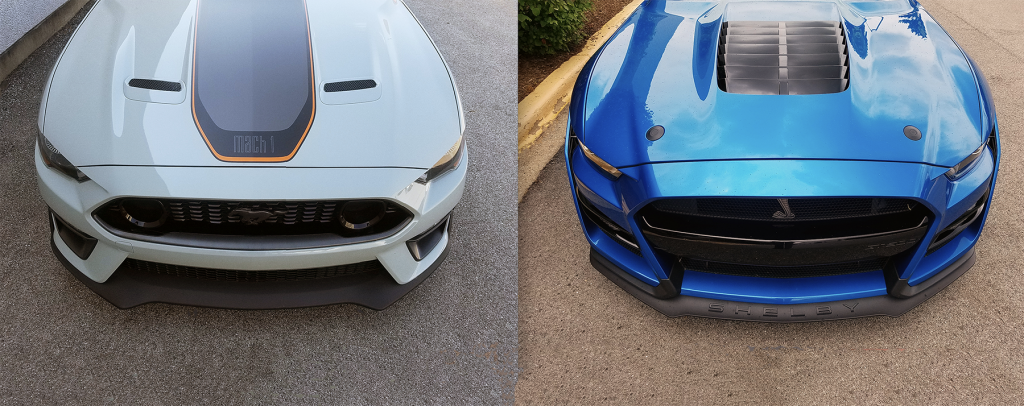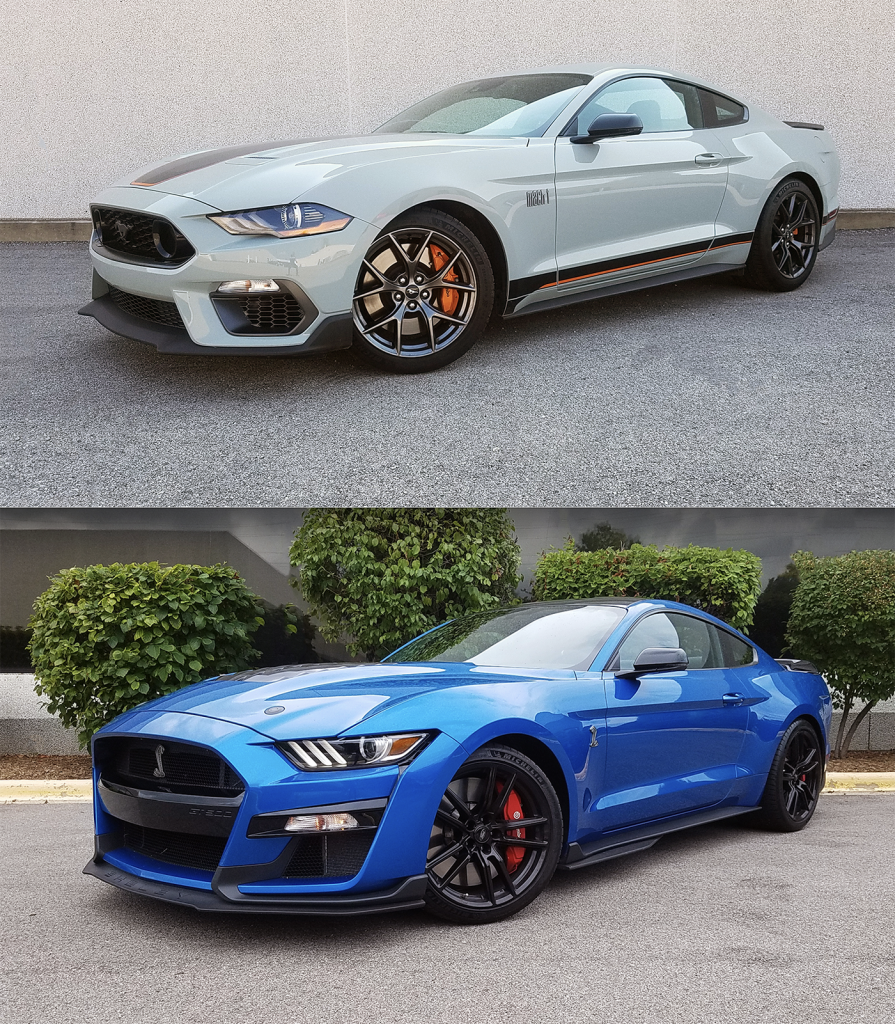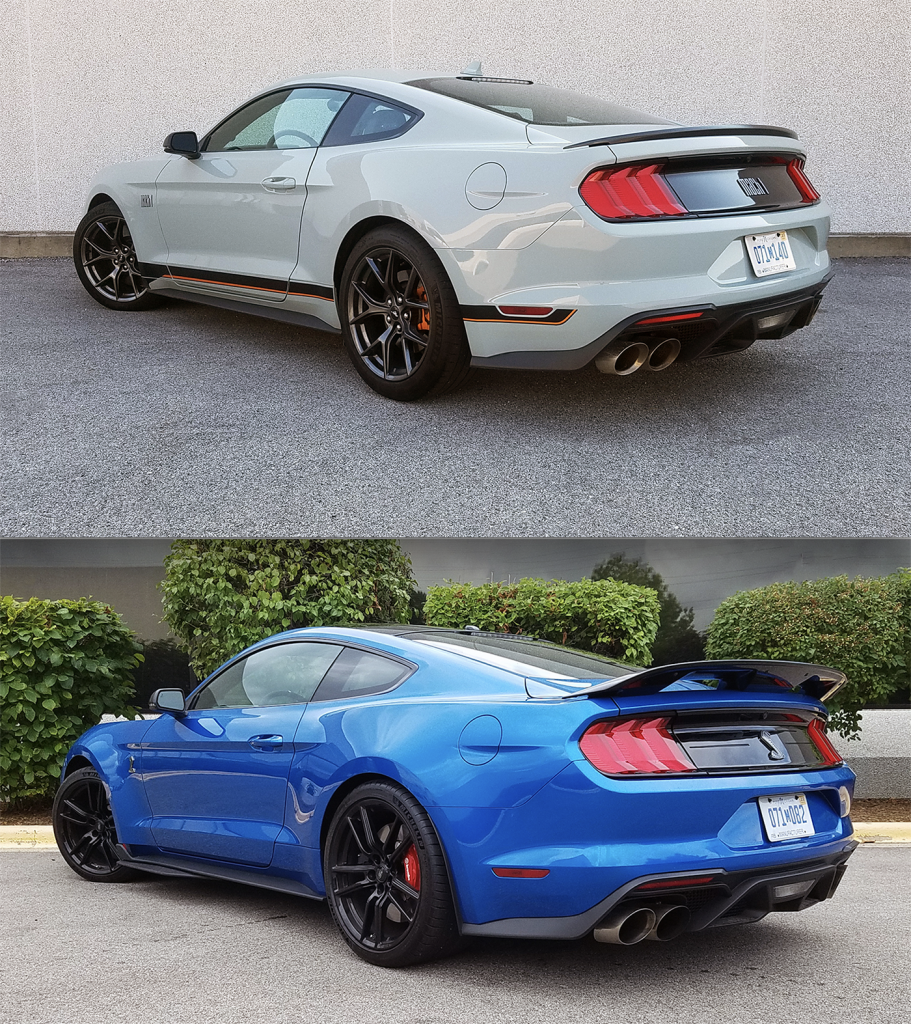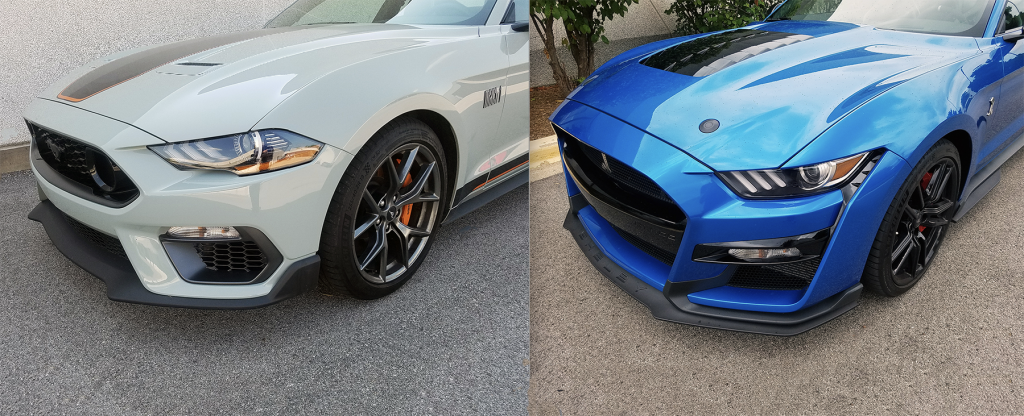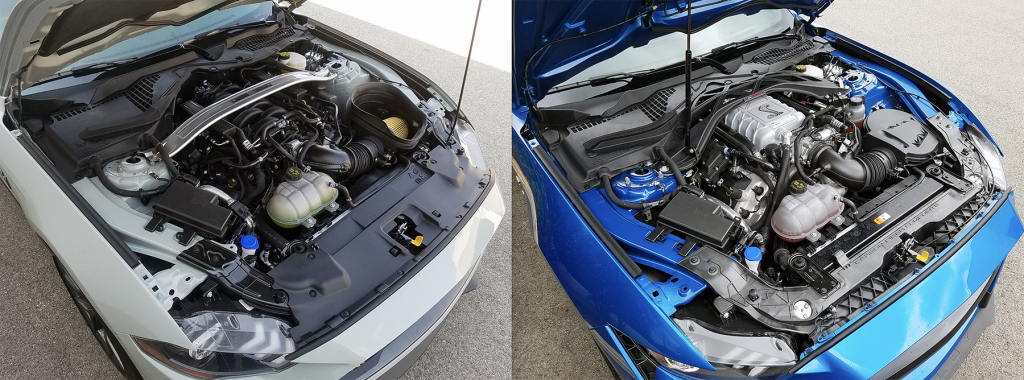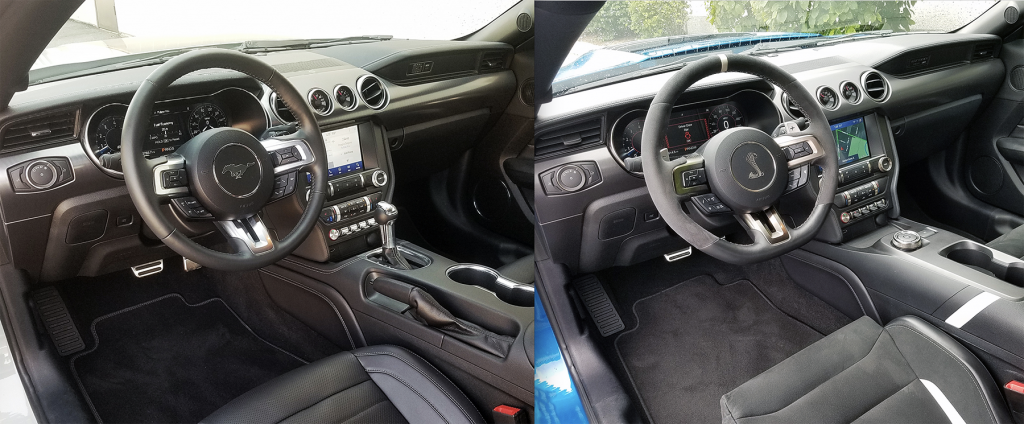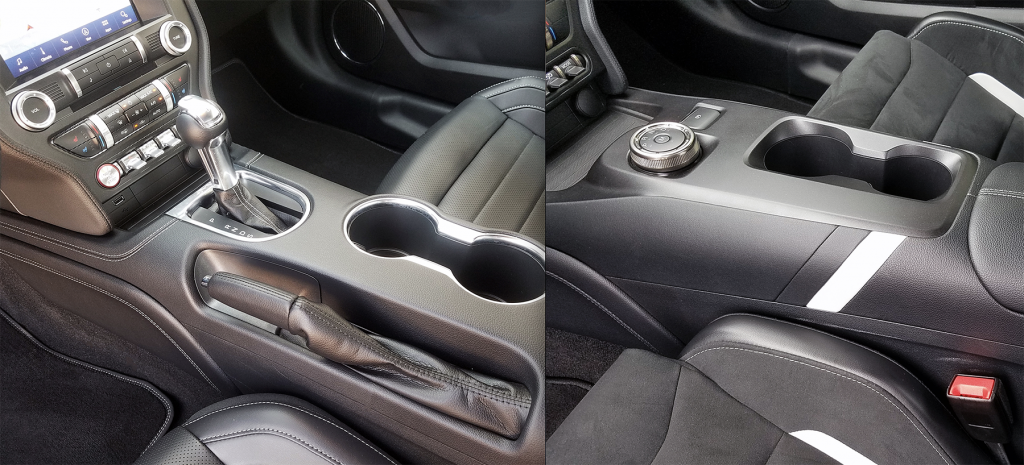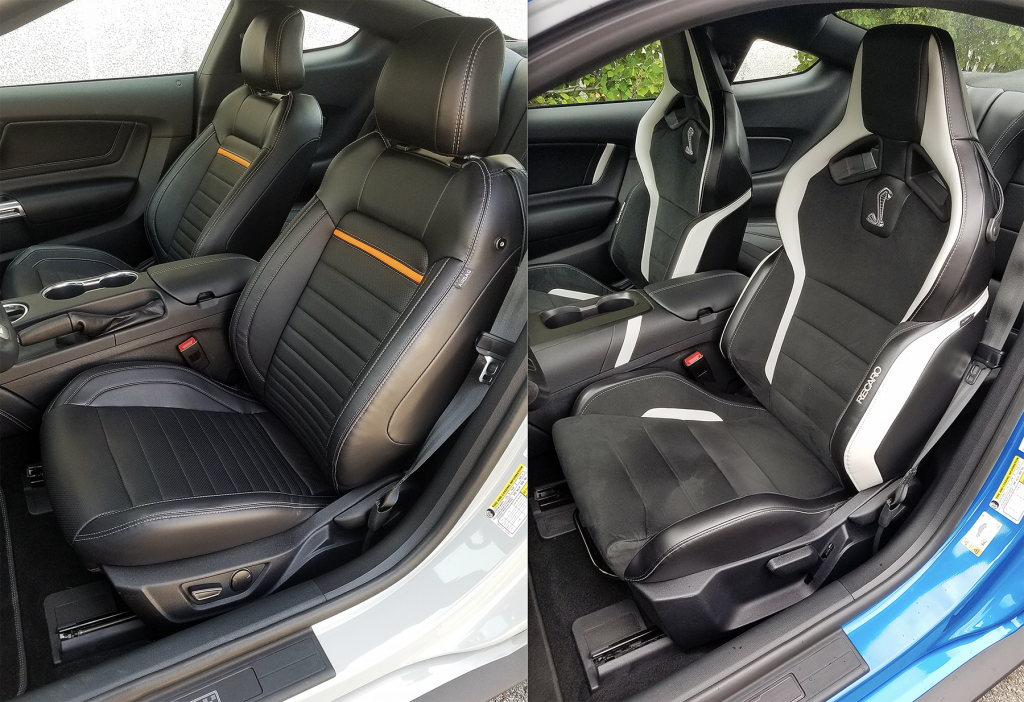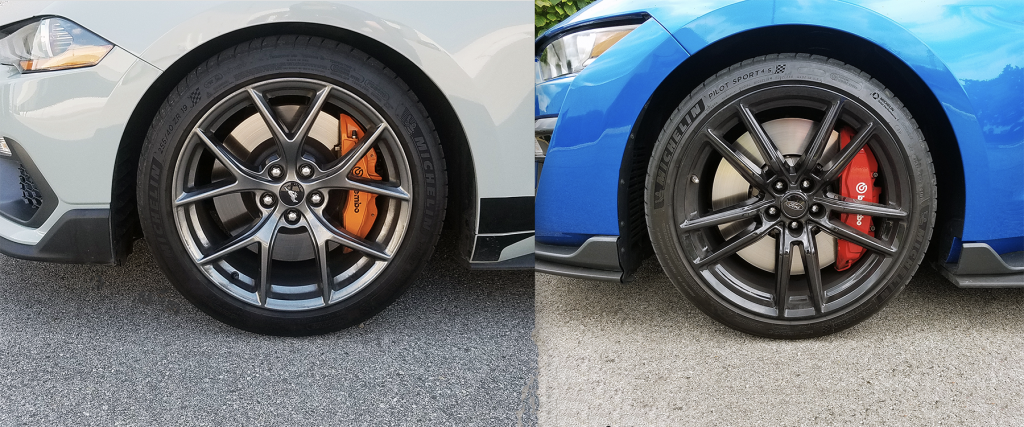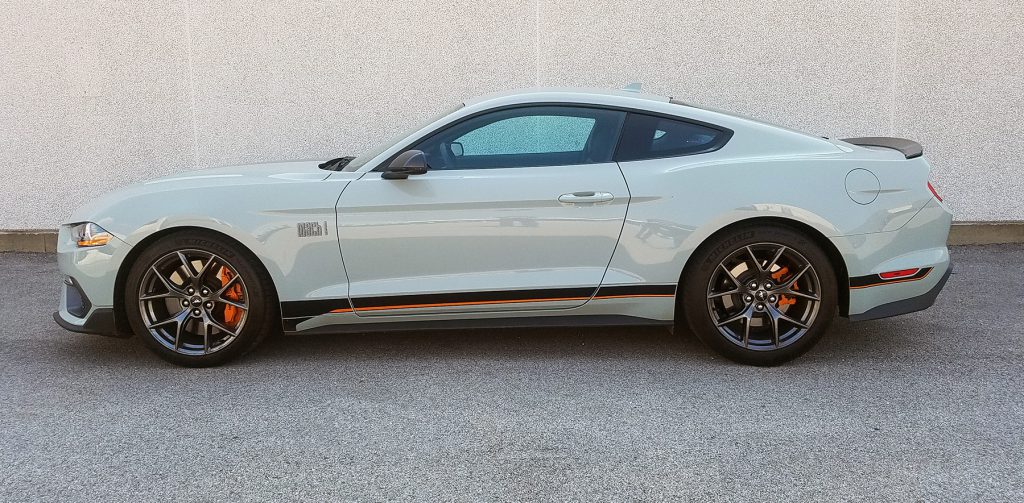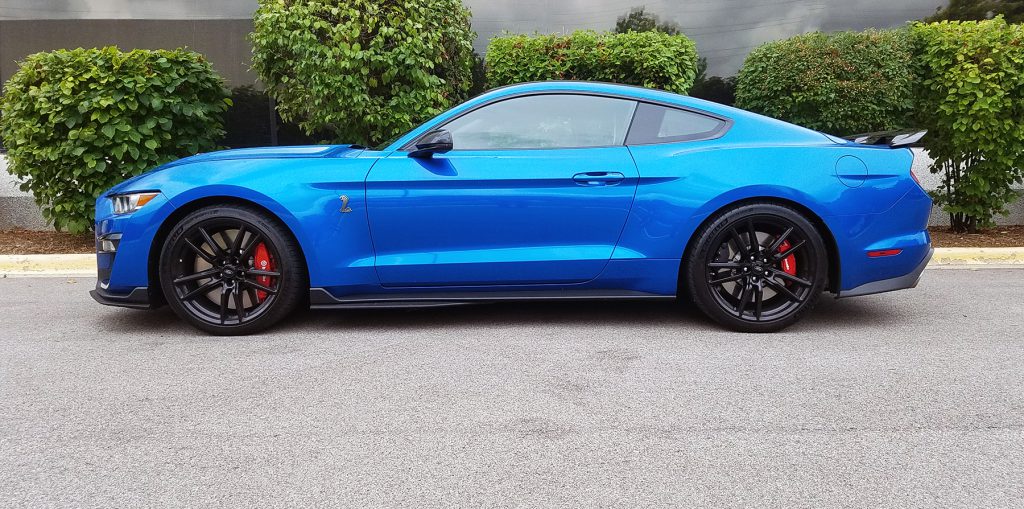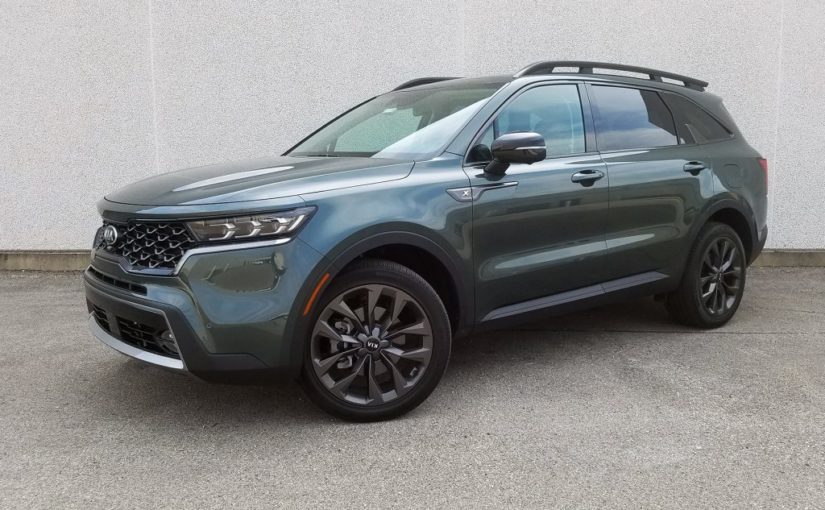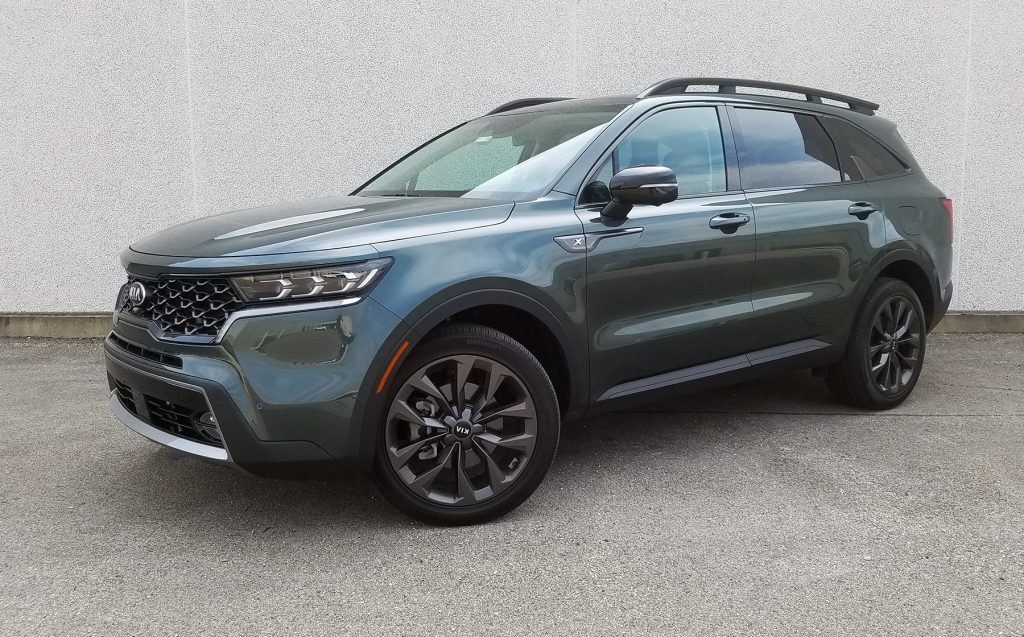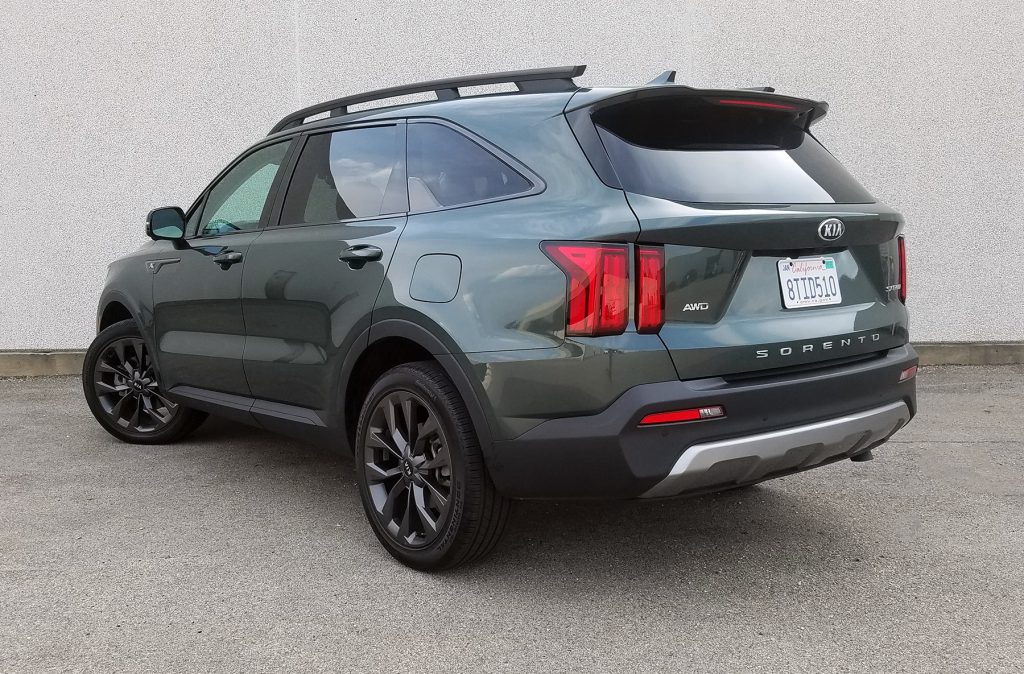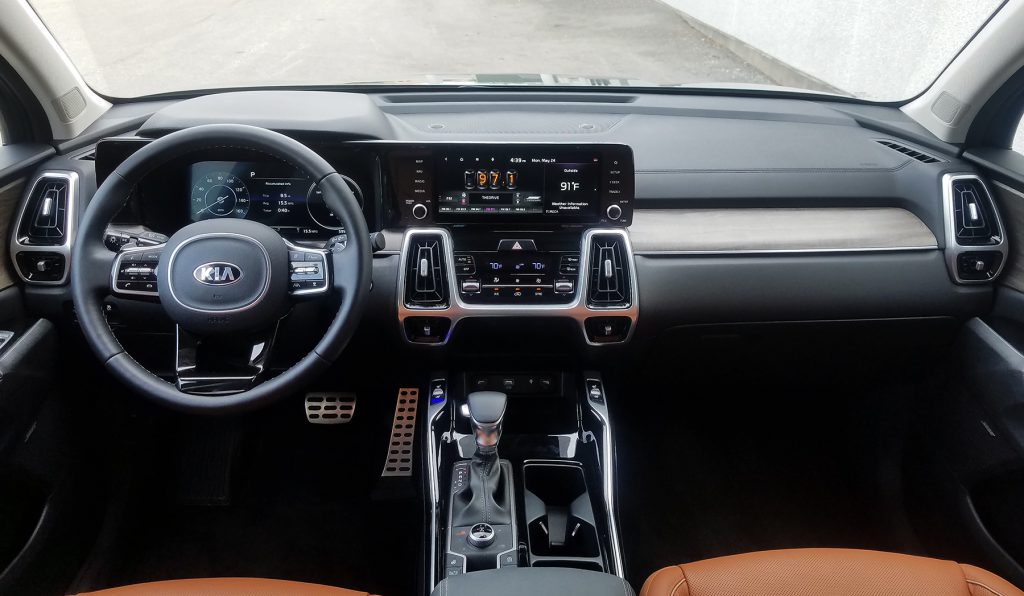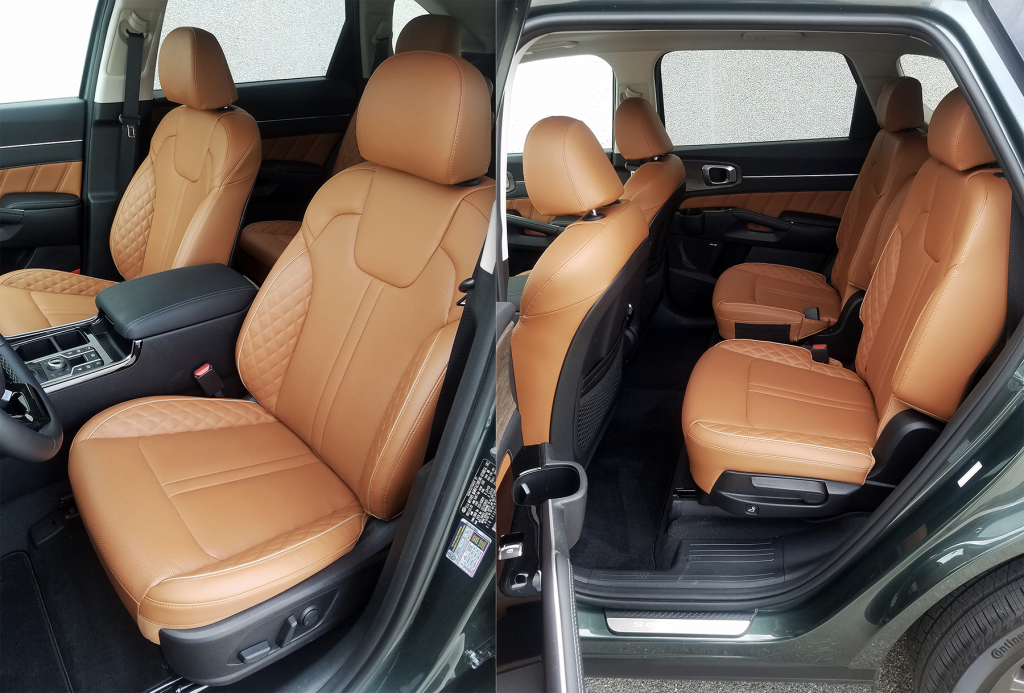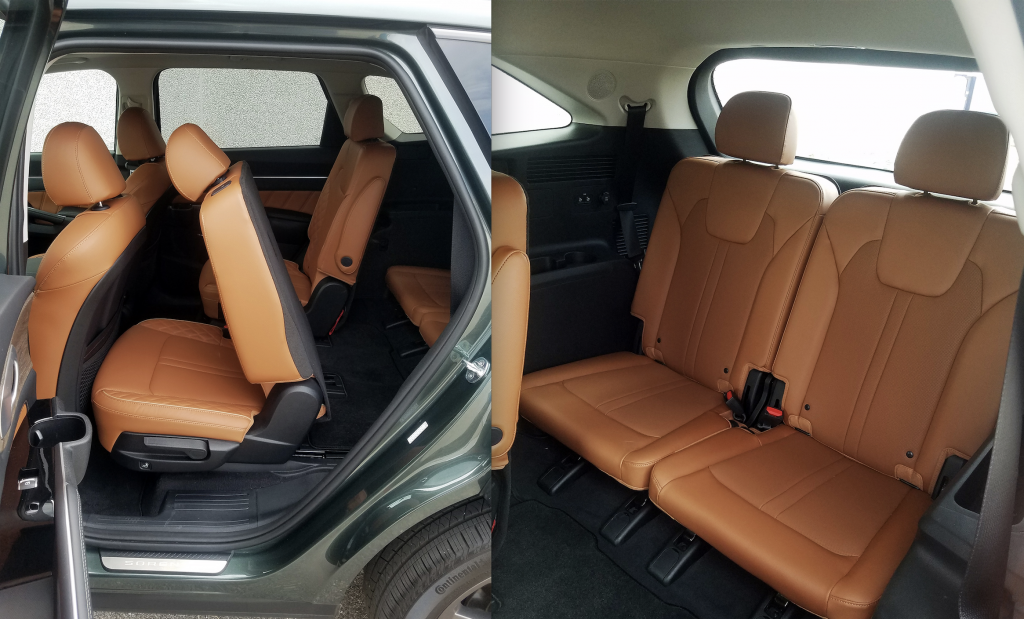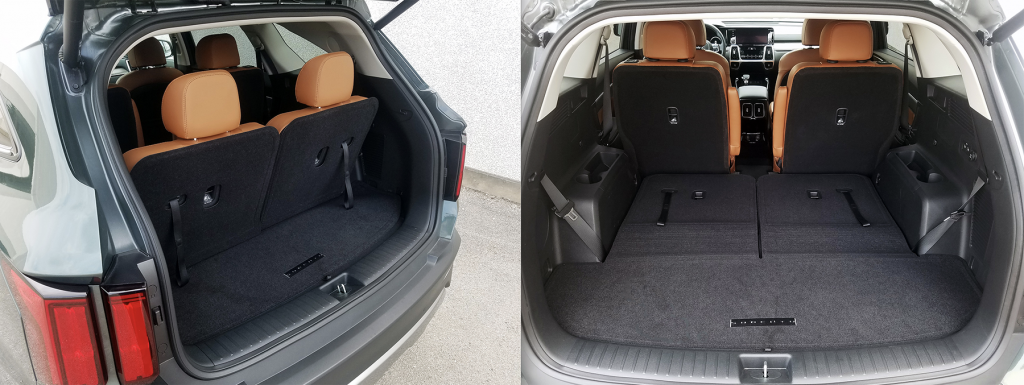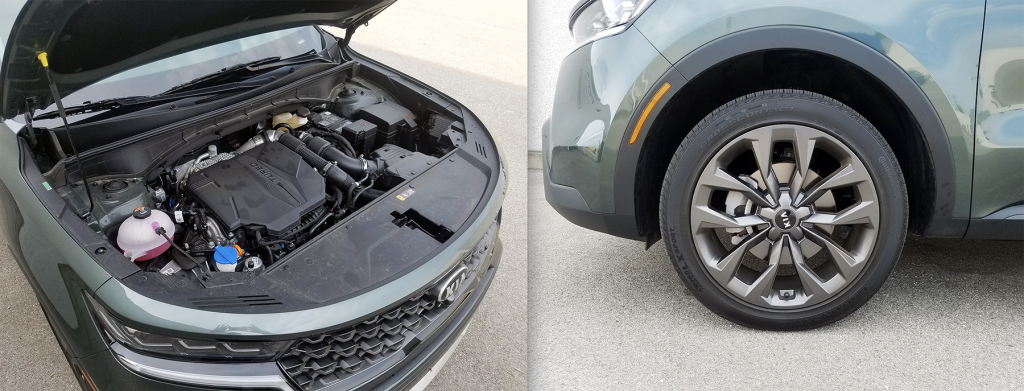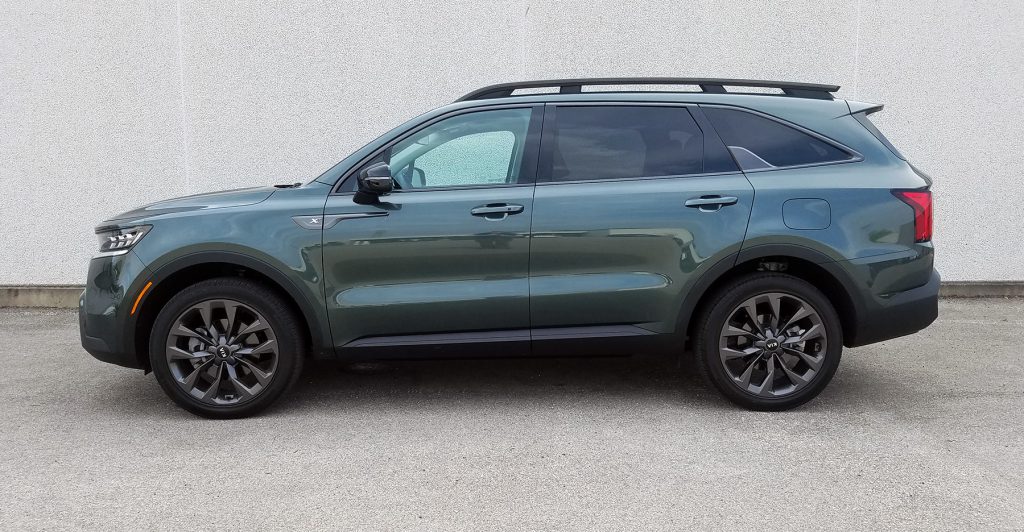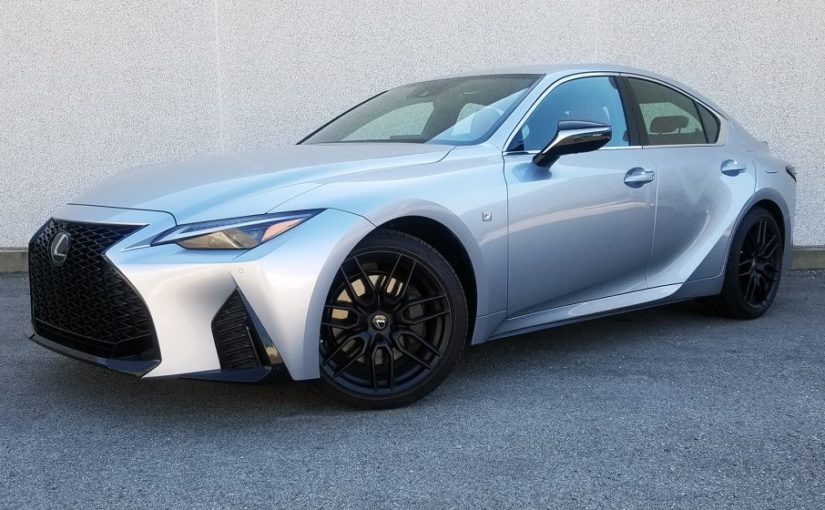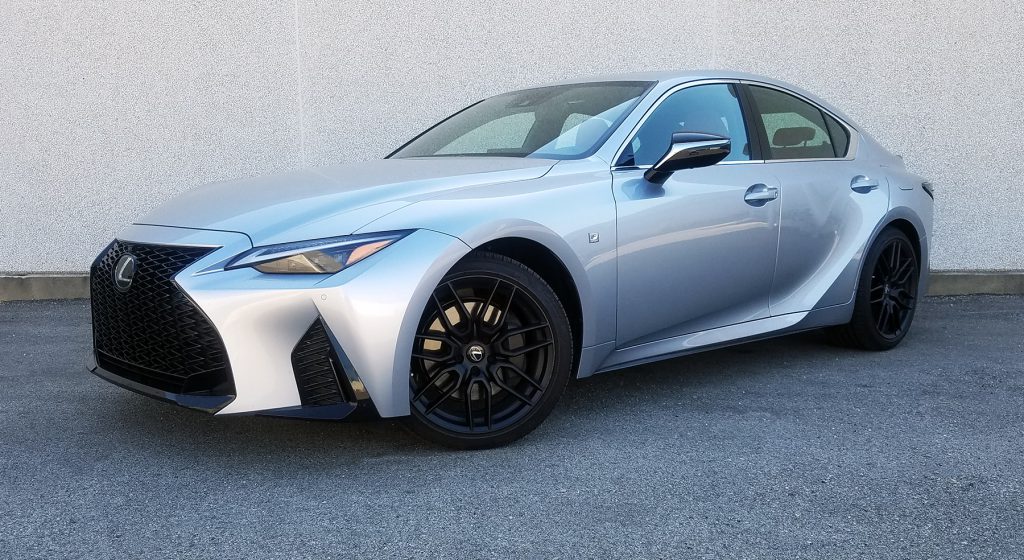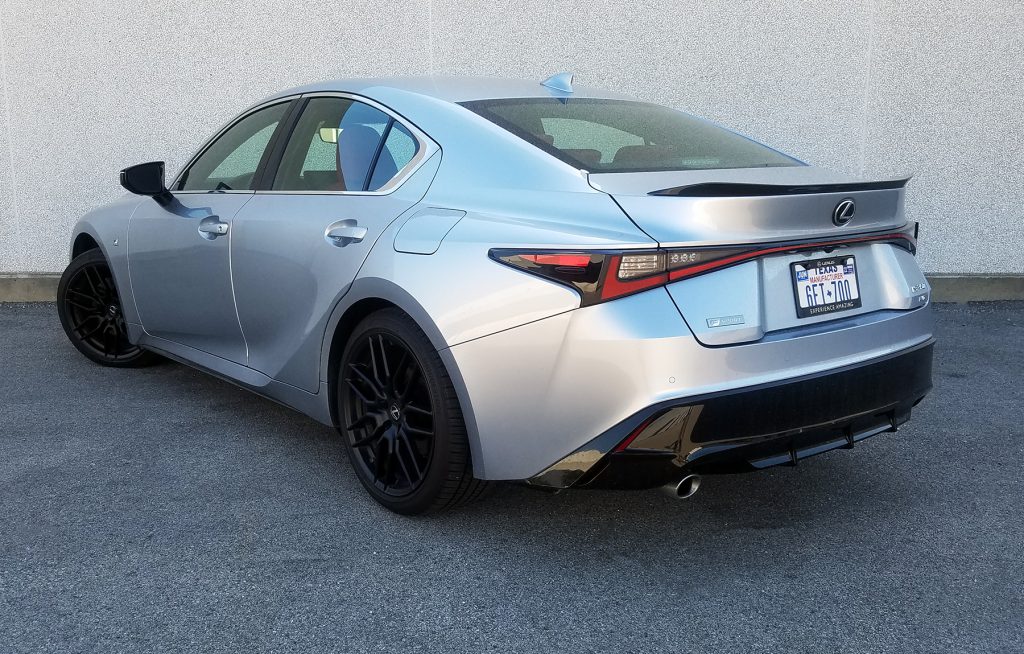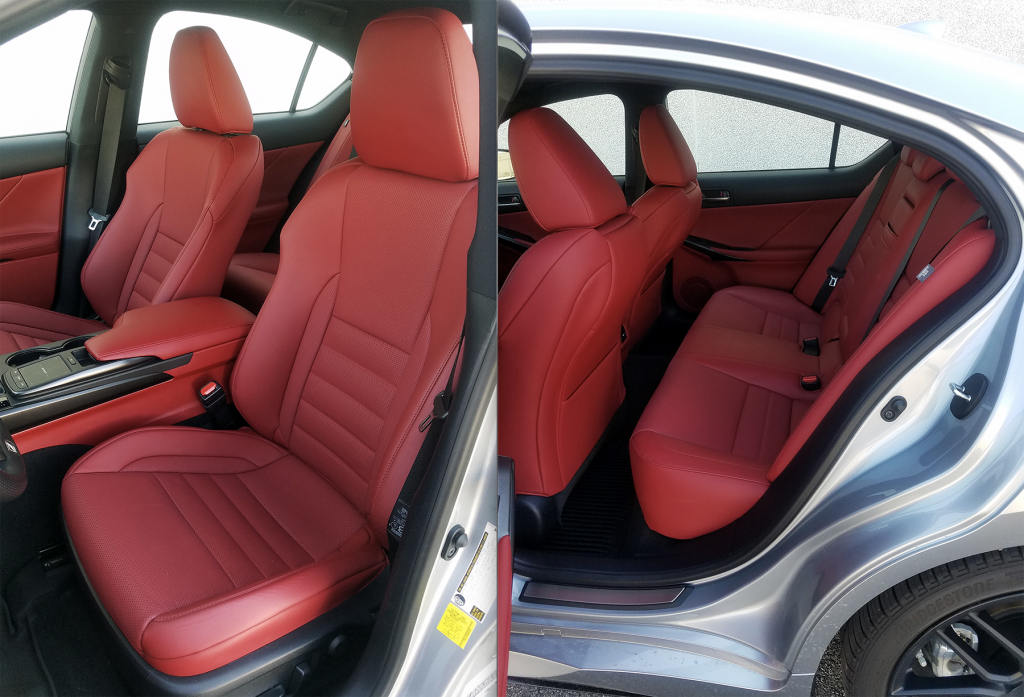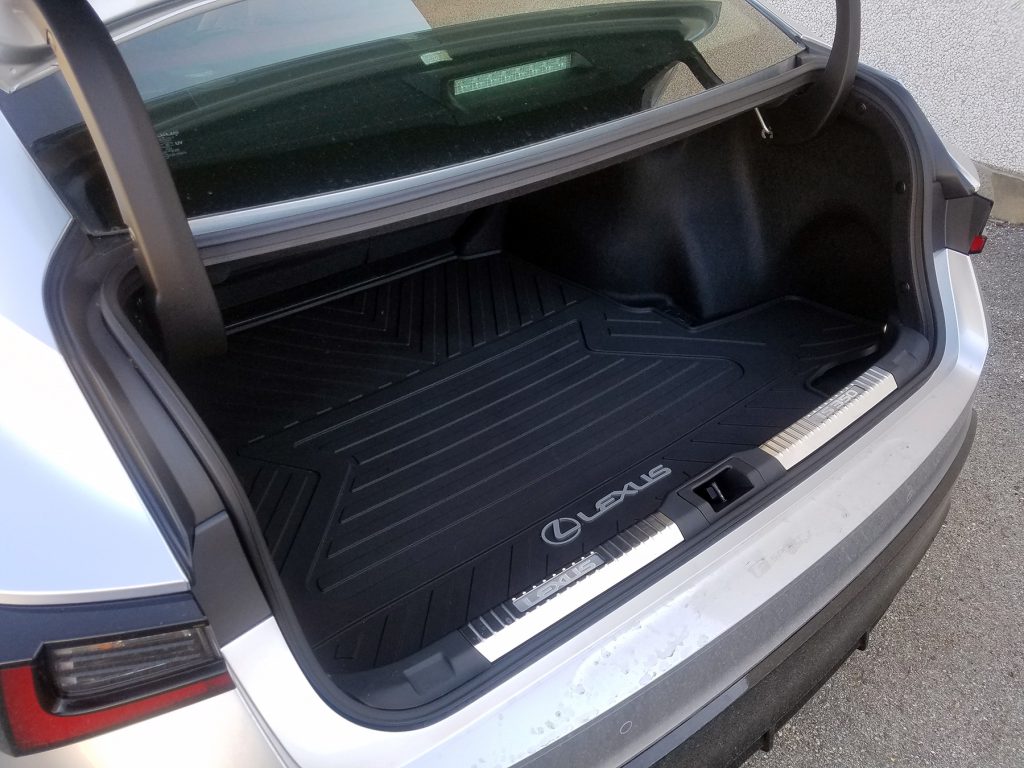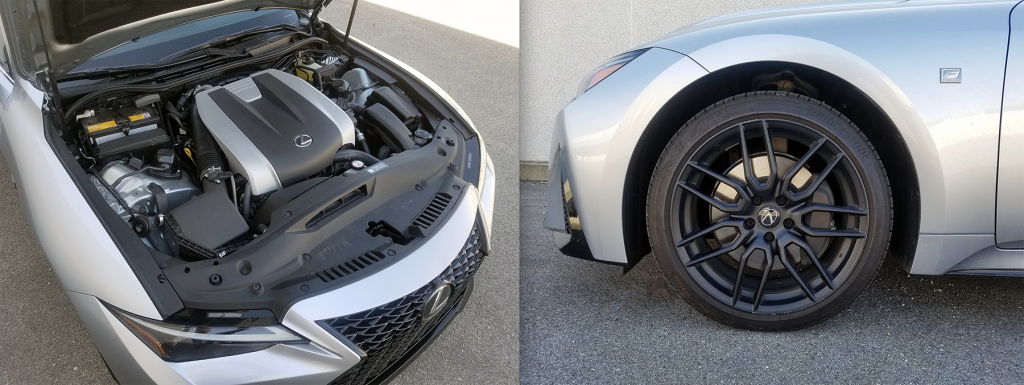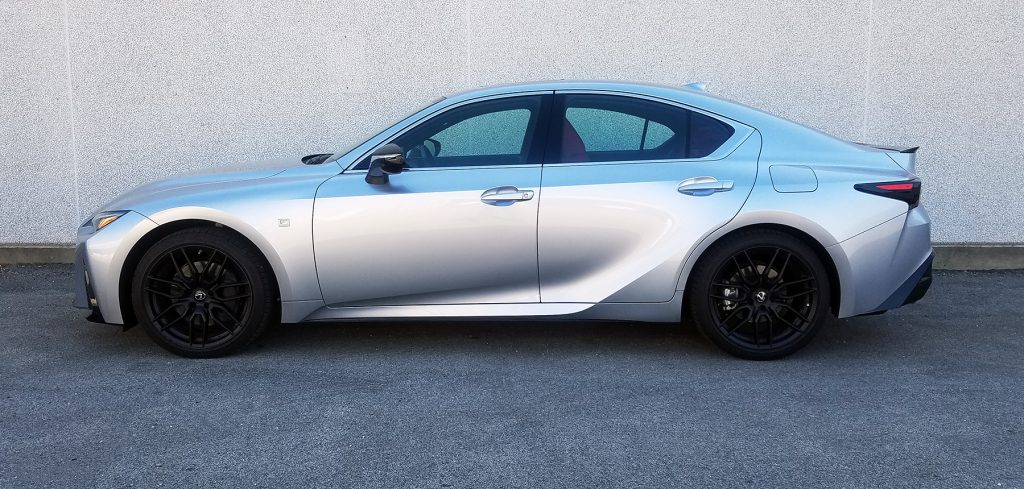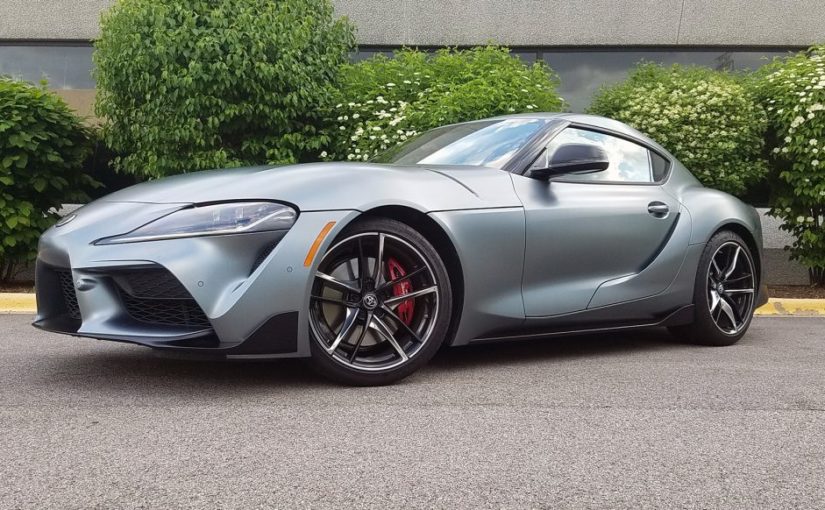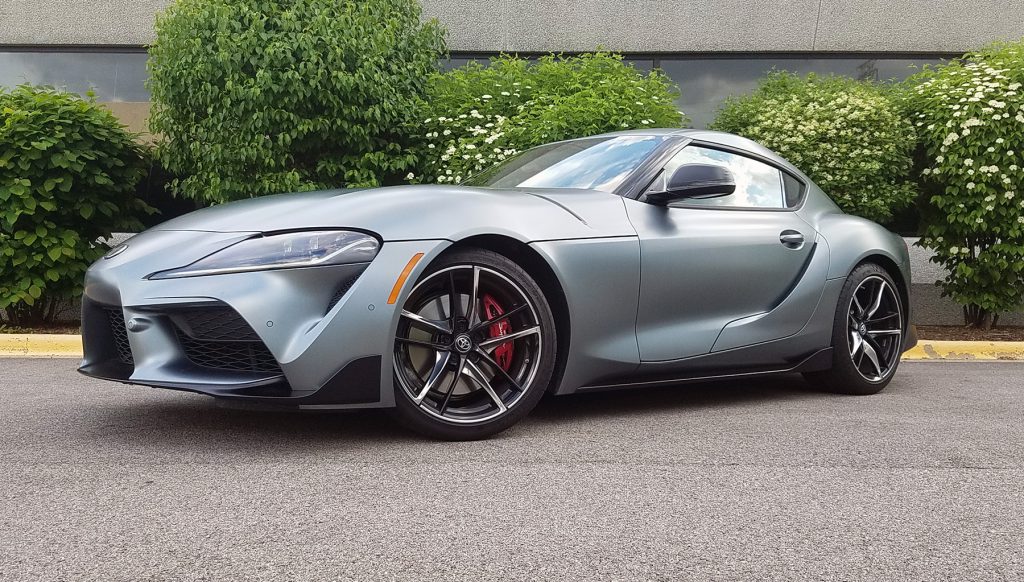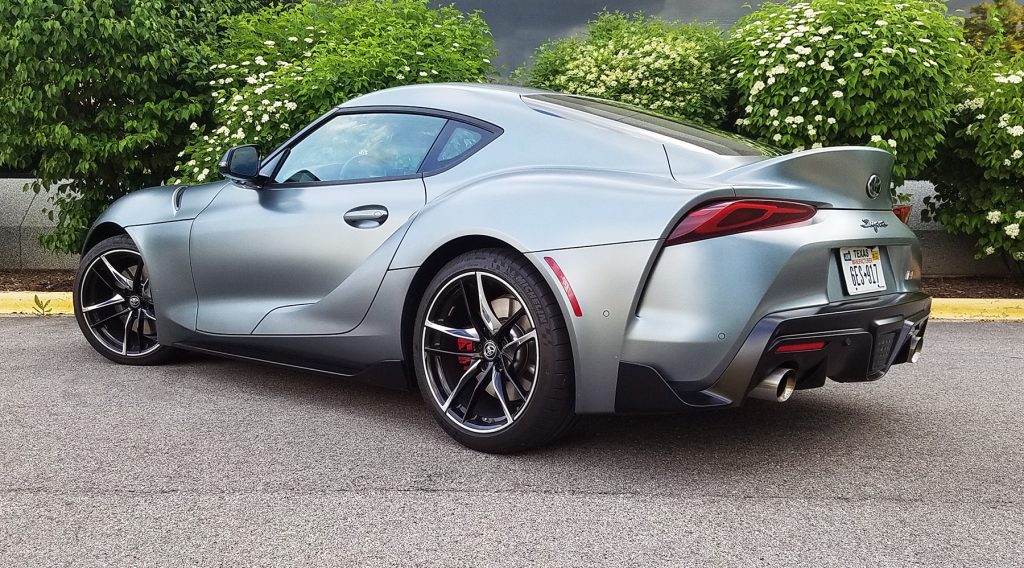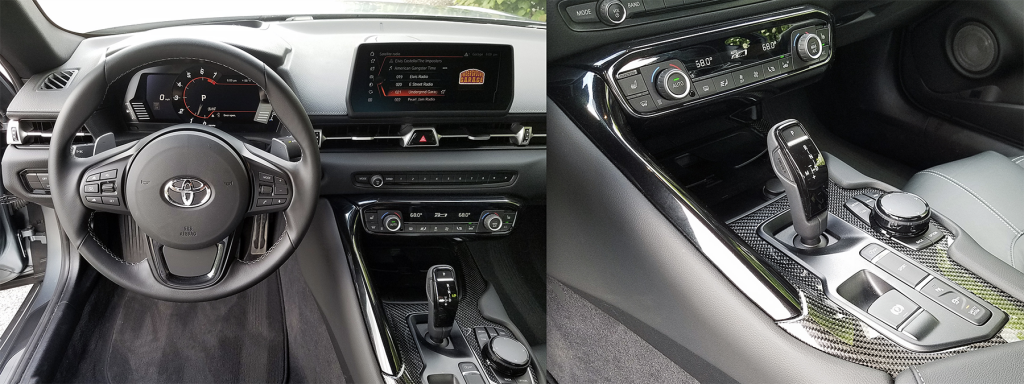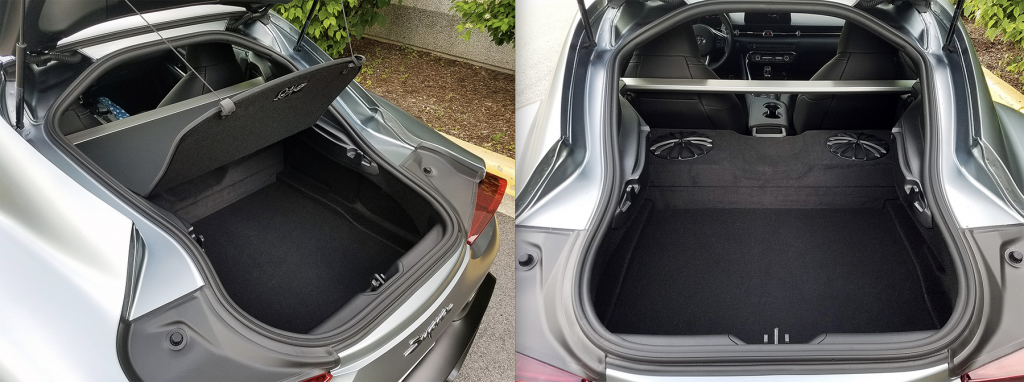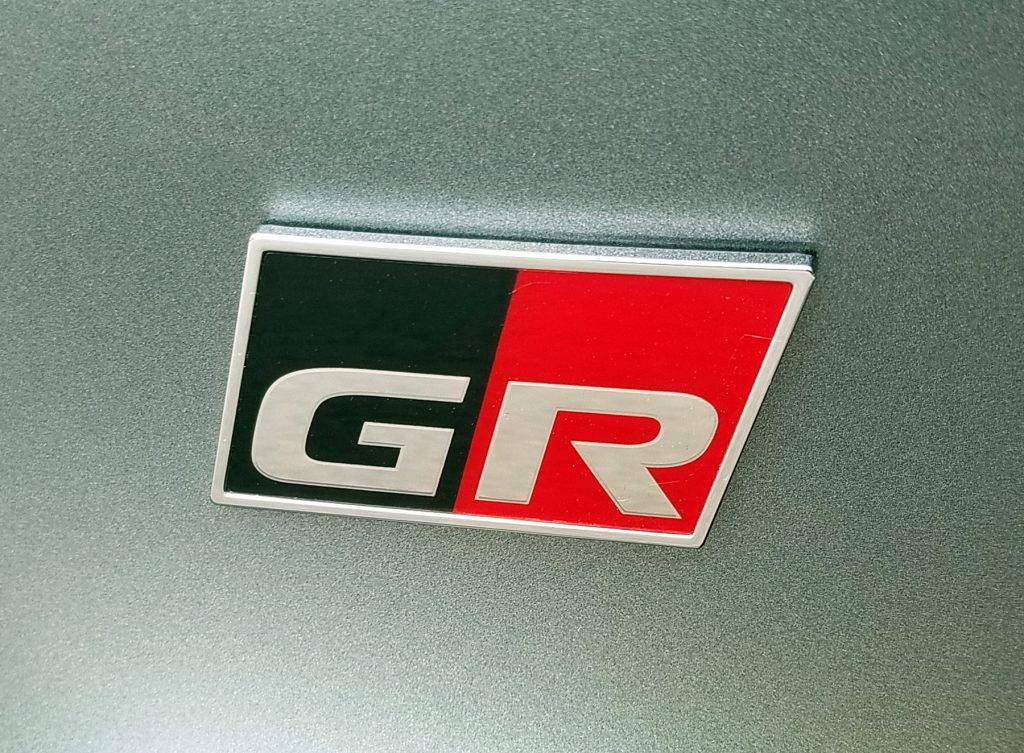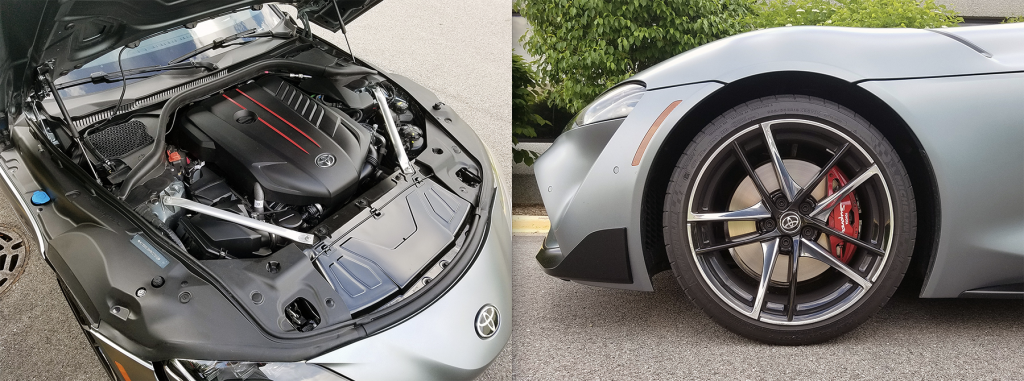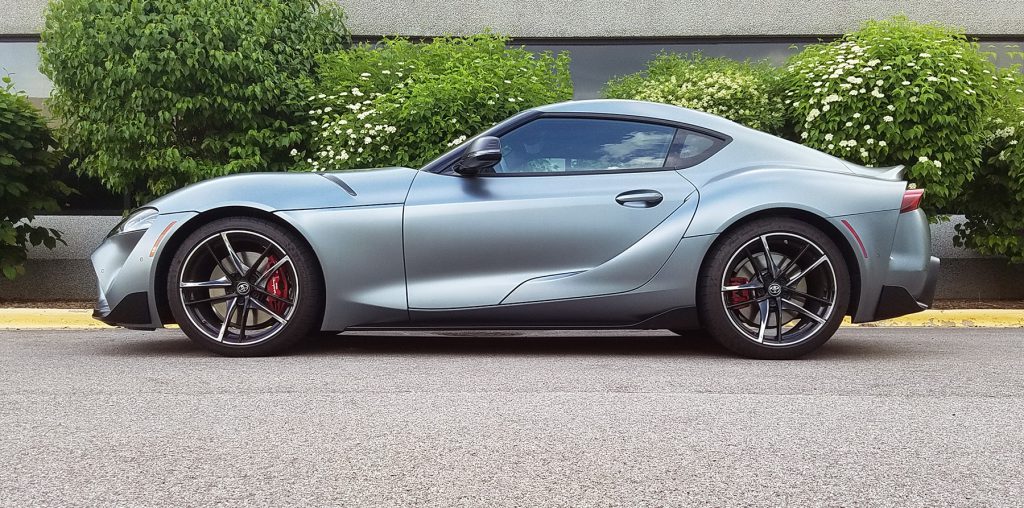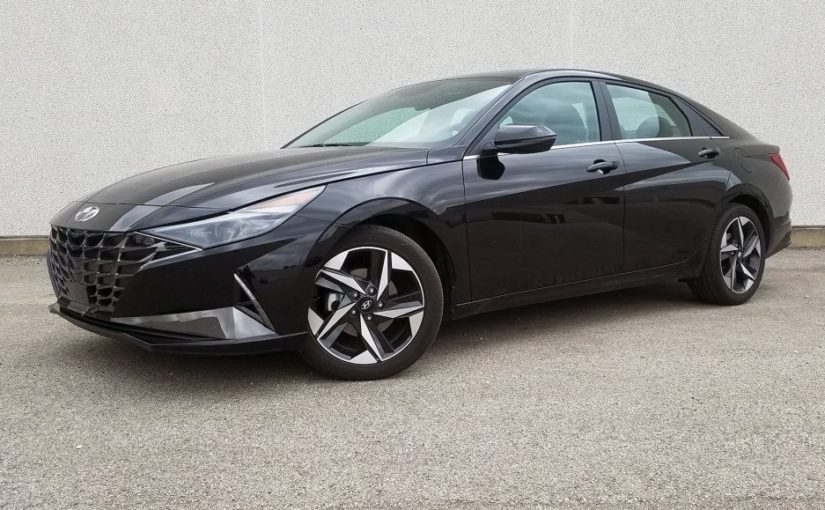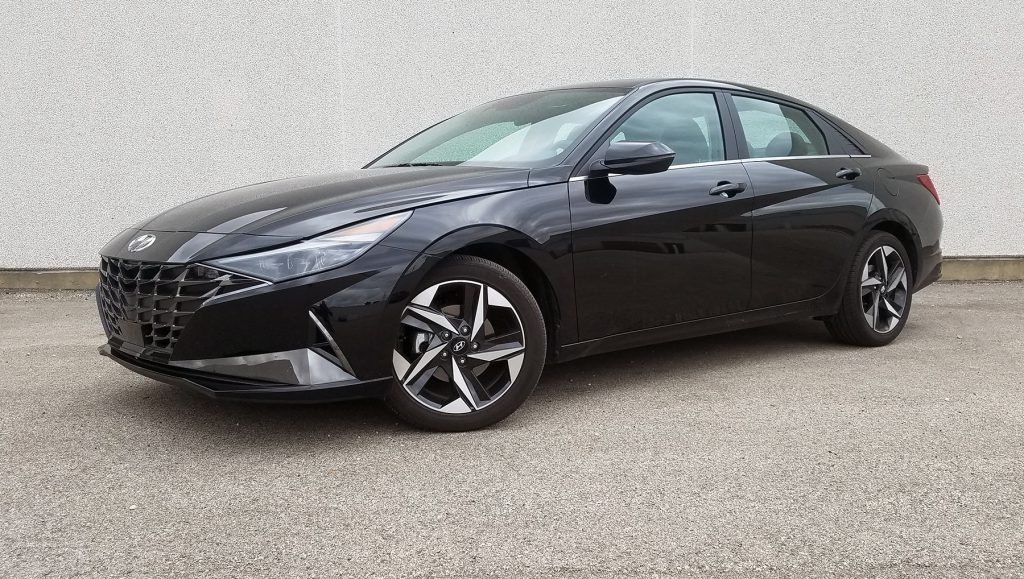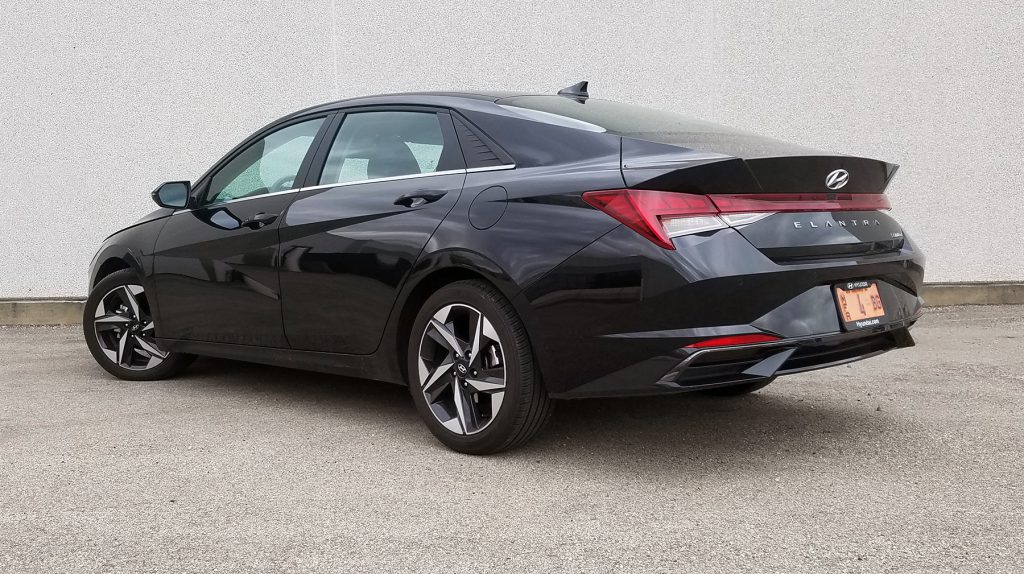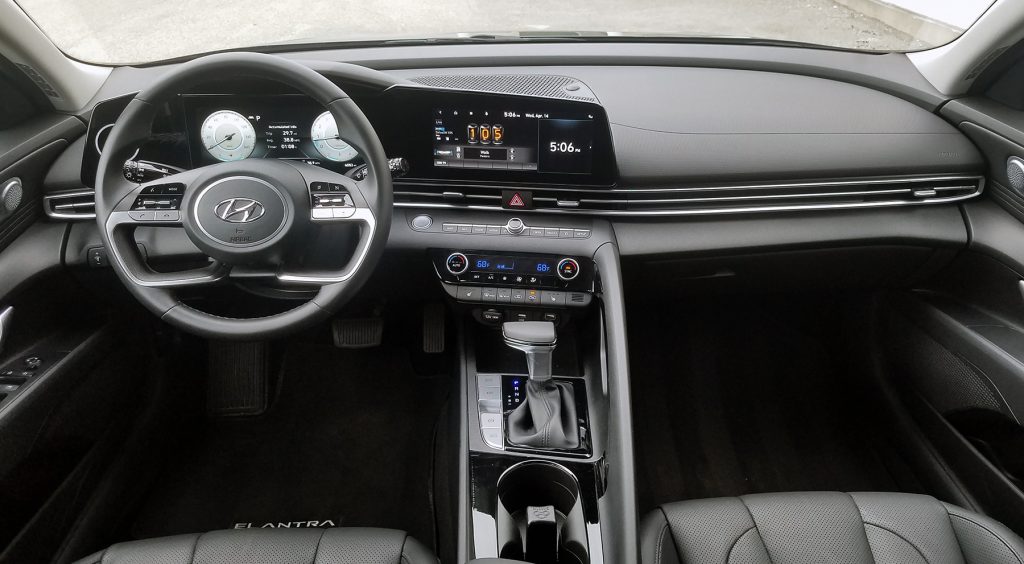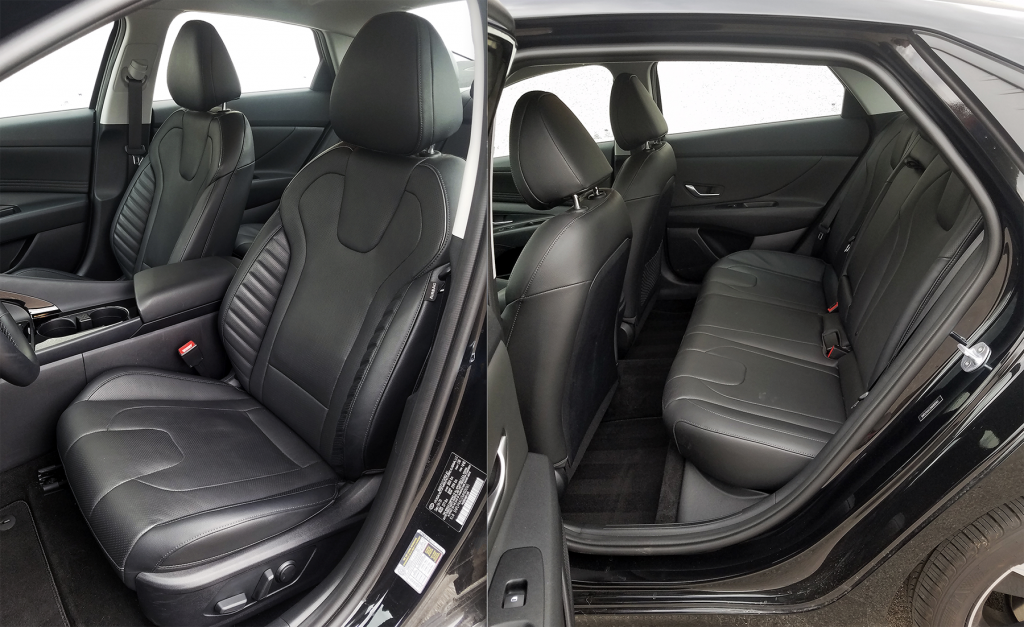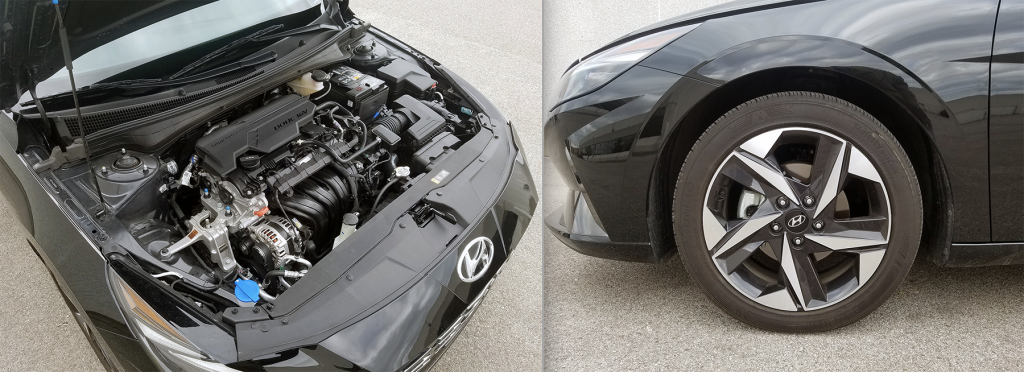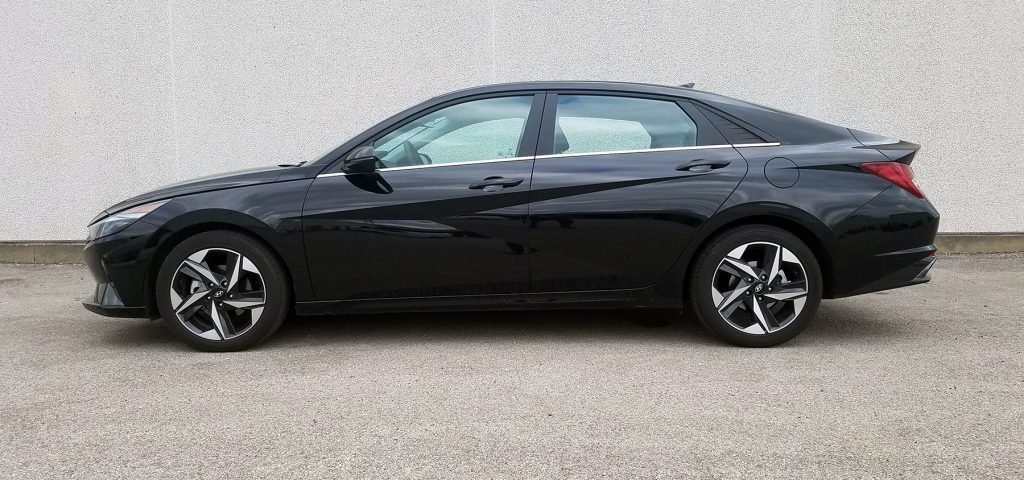High-Performance Turbo Manual Transmission Fun
In April 2018 Ford announced all its sedans and coupes would be going away by 2020, except for one–the iconic Mustang. High-powered Mustang GT, Mach1 and Shelby GT500 versions are well-known, with the latter model pumping-out 760 pin-you-back-in-your-seat horsepower. Big horsepower gets the headlines and is as sexy as all get out, but what about getting into a Mustang that provides driving exhilaration while also not scaring the heck out of you? Look no further than the 2021 Mustang Coupe with the 2.3-liter EcoBoost.
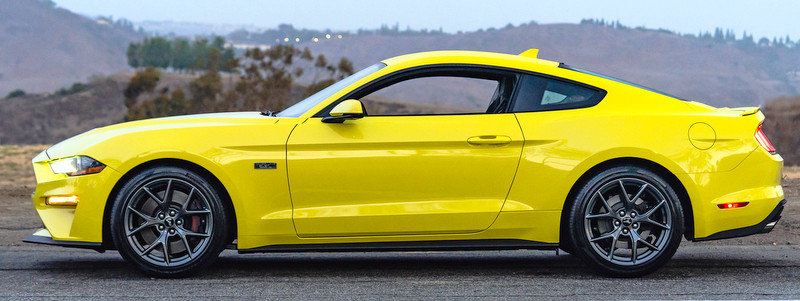
Respectable Power and Performance
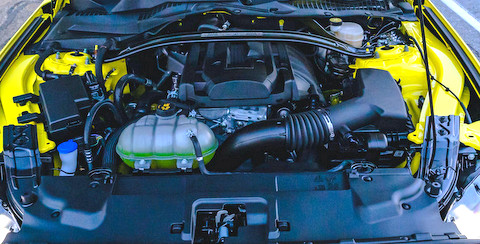
Clean Fleet Report spent a week in the rear-wheel drive 2021 Ford Mustang EcoBoost Premium Fastback, powered by a high-performance turbocharged 2.3-liter I4 mated to a six-speed manual transmission with launch control and five selectable drive modes. Producing a fun 330 horsepower and 350 pound-feet of torque, the Mustang high-performance package and the six-speed manual is civil enough for around town driving. And yes, you can spin the tires!
The EPA has rated the EcoBoost 2.3L high-performance at 20 mpg city/27 highway/22 combined. In 240 miles driving around Southern California we averaged 23 mpg, but in a 100-mile run with the adaptive cruise control set at 65 mph, we averaged 31.2 mpg, exceeding the EPA figure. This fuel economy is encouraging, but it will take a wide open road with little traffic and lots of patience to equal it. If fuel economy is your primary focus and you can live without high performance, the standard turbocharged 2.3L puts out 310 horsepower and delivers 21/32/25 with its 10-speed automatic.
Being realistic, no one will be buying a high-performance Mustang for making bread and milk runs. This car begs to be driven with great elan, so real world driving will use more fuel. Fuel economy numbers reported by Clean Fleet Report are non-scientific and represent the reviewer’s driving experience using the dash gauge computer. Your numbers may differ.
Shifting Fun
Clean Fleet Report took delivery of a 2021 Ford Mustang Coupe and knew the week ahead was about to be fun. There are not many manual transmission cars anymore, and getting one with rear-wheel drive and 330 horsepower was a treat. The electric power-assisted rack-and-pinion steering delivered confident road feel, aided by the Pirelli PZero Corsa4 ZR rated 265/40 summer tires on 19-inch, luster nickel-painted aluminum wheels. ZR is a speed rating, which in this case means the tire can handle speeds surpassing 150 mph.
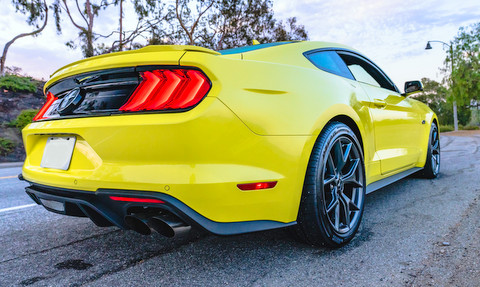
The grip was excellent, thanks in a big part to the independent rear suspension that delivered a controlled driving experience. The optional MagneRide damping system, part of the $1,995 Handling Package, kept the rear tires planted. MagneRide responds to road conditions 1,000 times per second for each damper or shock absorber. First introduced in 2002, versions of this suspension system are found on Camaro, Corvette, Cadillac, Acura, Audi, Land Rover, Ferrari, and Lamborghini models.
Stopping was by the four-wheel power disc brakes, which have a four channel anti-lock braking system with rear sway bars and electronic stability control.
The leather-trimmed gear shifter is perfectly positioned for arm angle and grip size, whether for slow or hard shifting. The clutch has a good feel and smooth engagement, but the shifts can be notchy at certain rpms and if not perfectly rev matched. This is not the smoothest manual we have driven, but it is still a blast going through the gears.
First gear is for getting off the line, but 2nd, 3rd and 4th are where things get interesting. When it is go-time, the turbocharged 2.3L came to life with a throaty note that would grumble and pop from the active valve performance exhaust system. This adaptive system, which amplifies the sound, has exhaust settings such as sport and track, making for a pleasant reminder you are driving a high-performance car. There is even a quiet setting when sneaking out at 5 a.m. to go to a car show. For even a racier sound, check-out what comes from the Mustang GT with the 5.0L V8 engine, which has 100 more horsepower.
Zero-to-60 mph times were right around 5.0 seconds, with linear acceleration and unnoticeable turbo lag. Pushback in the seat comes at 3,000 rpm, and stays consistent and stout through the 6,500-rpm red line. The optional 10-speed rev-matching automatic probably would pull even faster times (it also delivers slightly better fuel economy).
Old-Modern Interior
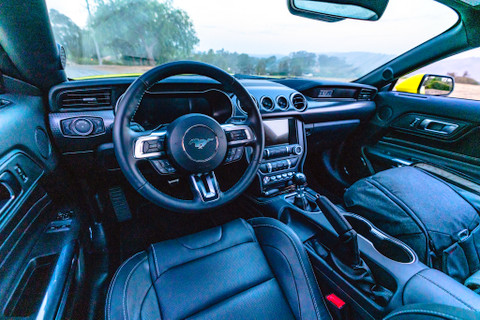
The 2021 Ford Mustang interior has a comfy, retro feel to it. Digital gauges are large and easy-to-read, with black backgrounds and white letters, and toggle switches are a throw-back to sports cars from the 1960s. Clean Fleet Report’s Mustang came with black leather-trimmed Recaro sport seats that were manually adjustable.
Accent stitching on the seats, console and heated, leather-wrapped steering wheel combine with carbon fiber on the dash for added custom detail. The Recaro seats were supportive and tight fitting, while the rear seats are best for those of a smaller stature. The trunk is surprisingly large, but when folding the split rear seat the Mustang is its most versatile, as the cargo area is exceptionally large. Two on a weekend trip will have no problem fitting all their gear.
The 12-speaker, including a trunk-mounted subwoofer, infotainment system includes navigation, Ford SYNC and SiriusXM/FM/CD/HDAM with MP3 playback capability. USB ports with iPod connectivity, Apple CarPlay, Android Auto, music streaming via Bluetooth wireless technology, and hands-free phone capability complete the system. All this is viewed through a 12-inch, high-resolution LCD touch screen. The Ford PassConnect includes 4G LTE WiFi.
The Classic Mustang Look
A long hood with a short trunk lid sums-up the classic Pony Car design made famous in the 1960s by the Mustang, Chevrolet Camaro and Dodge Challenger (and a few others who have disappeared from the scene). The 2021 Mustang coupe has the distinctive fastback design, and is done in a retro-modern style, harkening back to the 1965 Mustang. From the LED head and fog lights to the signature sequential turn-signal taillights, the 2021 Mustang is a good-looking car. The slight hood bulges have functional air intakes. For even more fun, our Mustang came in a very bright Grabber Yellow!
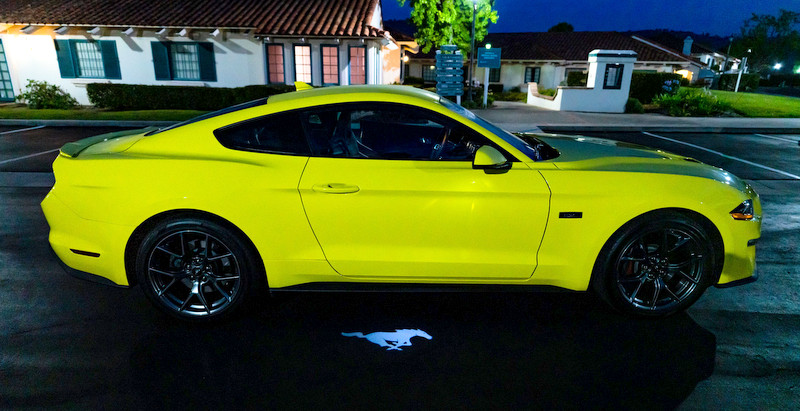
Convenience and Safety
The 2021 Ford Mustang has available convenience features such as illuminated sill plates and Mustang “pony” puddle lights, ambient interior lighting, autodim rear view mirror, rain-sensing windshield wipers, a tilt and telescoping steering column, hill start assist, power and heated exterior mirrors, power windows with one-touch up and down, keyless start and entry, passive entry system and a theft deterrent system.
Safety systems include dual front, seat-mounted side, driver knee, and full side curtain air bags. The Ford Co-Pilot360 is an advanced driver assist system (ADAS), which includes forward collision warning, lane keeping and driver alert warning, lane keep assist, blind spot with cross traffic alert, rear view camera, rear parking distance warning, pre-collision assist with emergency braking and pedestrian detection.
The 2021 Mustang has a 5-Star safety rating, the highest by the National Highway Traffic Safety Administration (NHTSA). The Insurance Institute for Highway safety, IIHS, has awarded the Mustang Good ratings for crash worthiness.
Pricing and Warranties
The 2021 Ford Mustang comes in 10 models, with the listed prices excluding options, but including the $1,195 destination and handling fee.
EcoBoost Fastback $28,400
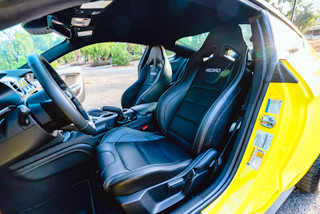
EcoBoost Fastback Premium $33,420
EcoBoost Convertible $33,900
EcoBoost Convertible Premium $38,920
GT Fastback $37,480
GT Premium Fastback $41,480
GT Convertible Premium $46,980
Mach 1 $54,595
Mach 1 Premium $56,495
Shelby GT500 $74,095
Clean Fleet Report’s 2021 Ford Mustang EcoBoost Premium coupe had a base price of $32,175. With $13,150 in options and the $1,195 destination and delivery fee, the MSRP came to $46,520.
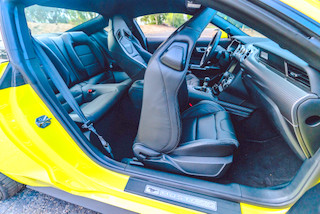
The 2021 Ford Mustang EcoBoost High Performance comes with these warranties:
Bumper-to-Bumper – Three years/36,000 miles
Powertrain – Five years/60,000 miles
Roadside Assistance – Five years/60,000 miles
Corrosion – Five years/Unlimited miles
Observations: 2021 Ford Mustang EcoBoost Premium High Performance Coupe
The 2021 Mustang EcoBoost High Performance is a fine-driving, riding and handling car. The power is fun to play with, and when mated to a six-speed manual, a blast to drive. The high tech suspension system, adjustable exhaust, summer tires and multiple drive modes are what make this a driver’s car.

The performance from the turbocharged high-performance four-cylinder was more than adequate for a sporty drive, whether on mountain curves or cruising leisurely your favorite highway or road. The 2.3L High Performance offers 20 more horsepower than the base EcoBoost engine (Ford dropped the V6 as the base engine in 2021), while not making it necessary to go for the Mustang 5.0L V8 for extra performance.
When visiting your Ford dealer, tell the rep you want to drive the Mustang EcoBoost High Performance. Then, for comparison take a spin in the Mustang GT or Mach 1. This way you will know which of the iconic Mustangs could be right for you.
Make sure to opt-in to the Clean Fleet Report newsletter (top right of page) to be notified of all new stories and vehicle reviews.
Story by John Faulkner. Photos by Lex Adams.
More Fun Coupes:
Road Test: 2021 Chevrolet Camaro
Road Test: 2015 Dodge Challenger
Road Test: 2021 Lexus RC 350 F Sport
Flash Drive: 2021 Toyota Supra
Road Test: 2020 Toyota Supra
Road Test: 2020 Toyota 86 Hakone
Road Test: 2021 Chevrolet Corvette
Disclosure:
Clean Fleet Report is loaned free test vehicles from automakers to evaluate, typically for a week at a time. Our road tests are based on this one-week drive of a new vehicle. Because of this we don’t address issues such as long-term reliability or total cost of ownership. In addition, we are often invited to manufacturer events highlighting new vehicles or technology. As part of these events we may be offered free transportation, lodging or meals. We do our best to present our unvarnished evaluations of vehicles and news irrespective of these inducements.
Our focus is on vehicles that offer the best fuel economy in their class, which leads us to emphasize electric cars, plug-in hybrids, hybrids and diesels. We also feature those efficient gas-powered vehicles that are among the top mpg vehicles in their class. In addition, we aim to offer reviews and news on advanced technology and the alternative fuel vehicle market. We welcome any feedback from vehicle owners and are dedicated to providing a forum for alternative viewpoints. Please let us know your views at publisher@cleanfleetreport.com.

